Gioachino Rossini – his BIOGRAPHY and his PLACES
Gioachino Rossini a biography in words and pictures.
The places where Rossini worked and the most important people of his life.
Biografic timetable (Click for more informations)
BIRTH AND YOUTH IN PESARO
Rossini is one of the few people who were born on February 29. He was the only child of two musicians, born in a troubled time of the French Revolution. Rossini spent his first 8 years in Pesaro. In 1800 Gioachino left Pesaro with his parents and returned 18 years later as an already famous 26-year-old man for a visit to inaugurate the Teatro.
The city has been intensively cultivating Rossini’s legacy for several decades, and with the Fondazione Rossini, the town has a competent steward of Rossini’s vast heritage.
Pesaro:
Casa Rossini
Rossini’s birthplace is now a small museum on four floors. On display are some memorabilia such as photos, etc., Rossinis travel spinet and the small kitchen of the house is impressive, it also has a book store. The furnishings are not original, but have been modernly renovated. A visit is absolutely worthwhile for Rossini fans, half an hour is enough.
The facade of Casa Rossini :
http://www.pesaromusei.it/casa-rossini/
Teatro Rossini & Rossini Opera Festival
The beautiful opera house of the city of Pesaro dates from 1818 and was opened with the “Gazza ladra” of his son, already famous at the time. The theater had a troubled past and was damaged twice by earthquakes, among other things. In 1966 it even became unusable and in 1980 it was renovated, which marked the beginning of the Rossini Opera Festival.
The festival quickly gained an excellent reputation and nowadays it is one of the most prestigious opera festivals. The performances take place during the summer months in the atmospheric Teatro Rossini and in other facilities.
The Teatro Rossini:
https://www.teatridipesaro.it/
https://www.rossinioperafestival.it/
AT THE AGE OF 10 IN LUGO – GIOACHINO COMPOSES HIS FIRST WORKS
Rossini came to his father’s native town for two years when he was 10 years old. He learned the horn and harpsichord and had a beautiful voice. His uncle wanted to choose him as a castrato, but Gioachino was grateful to his mother all his life for sparing her son from the operation.
He diligently studied Mozart and Haydn in the library of an acquaintance and wrote his first works (string quartets) in Lugo at the age of 12.
Lugo:
Casa Rossini
Lugo has opened a brand new small museum, located in the old town, in the home of his grandparents. Rossini was there often during his time in Lugo, but did not live in the house. He himself lived with his parents in Via Manfredi 25.
The museum consists of 5 rooms where the work of Rossini is creatively presented to the visitor.
Casa Rossini:
STUDIES AT THE BOLOGNESE CONSERVATORY
Rossini was 12 years old when his family came to Bologna. His father, a supporter of the Revolution, came here to escape the Papal State and to give their only child a good musical education. Gioachino went on to study at what is now the Conservatorio.
At 18 he had to earn money and left Bologna for Venice, where he wrote his first serious work (“La cambiale del matrimonio”). Throughout his life, Rossini kept various houses in Bologna and lived there intermittently.
Bologna, Conservatorio:
EARLY ARTISTIC BREAKTHROUGH IN VENICE
Venice was the gateway for Rossini’s career. He arrived in Venice at the age of 18, wrote various comedic one-act operas for the smaller theater.
With the commissioned works for the Venetian Teatro San Moisè, Rossini developed at a breathtaking pace into a leading opera composer. In this renowned theater, for which Vivaldi had already written, he wrote several one-act operas in a short time. Even the first commissioned work (“La cambiale di matrimonio”), which a family friend had arranged for the 18-year-old, was a success. The overture of the one-act opera “Il signor Bruschino” achieved anecdotal fame, in which the second violins have to tap their bows rhythmically on their music stands several times, producing a charming effect. The upscale gentlemen at the music stands, however, were too embarrassed by this effect of the 18-year-old schnoz and refused to perform the tapping sounds, causing a considerable uproar.
At the age of 21 received a commission from the great Fenice and made his breakthrough with “Tancredi”, leaving the lagoon city for Naples.
There are not many traces of Rossini left in Venice, the Teatro San Moisè is demolished, the Teatro San Benedetto (the premiere theater of the “Italiana in Algeri“) has been a cinema for ages (Multisala Rossini), only the Fenice is still standing
Rossini of the time of his Venice stay:
Teatro San Moisè
The theater, in a central location, was already converted in 1820 and today a plaque in the pretty little square still commemorates the beginnings of Gioachino Rossini’s career.
Corte del Teatro San Moisè:
Overture “il Signor Bruschino”:
GALLEY YEARS
The years 1810-1820 were Rossini’s galley years, during which he wrote over 30 works for a dozen theaters. Yet in Rossini’s biography, Milan was overshadowed by Naples, Bologna and Paris. Nevertheless, the Lombard capital saw the premieres of half a dozen of Rossini’s works, including “Gazza ladra” and “Il turco in Italia.”
Rossini met Domenico Barbaja there, who was in charge of the “entertainment center” at La Scala. The Scala of Rossini’s time must be imagined somewhat differently than we are used to nowadays. While the music was important, the social aspect of a visit was at least as important. Scala also included a café, a pastry shop, a kitchen, and game rooms. The resourceful Domenico Barbaja was responsible for the latter. With the French coming to power during the Napoleonic years, gambling was legalized and Barbaja turned La Scala into an entertainment center with music, gastronomy and gambling.
Auditorium of la Scala:
Teatro alla Scala
Rossini became one of the most important composers for La Scala early on, his name was enough to fill the theaters. La Scala honored Rossini with a large statue in its premises.
Rossini’s statue in the Scala:
https://www.teatroallascala.org/en/index.html
ROSSINI LEADS THE TEATRO SAN CARLO TO SUCCESS TOGETHER WITH BARBAJA
At the age of 21 Rossini had earned a formidable reputation in northern Italy with “Tancredi” and “Italiana in Algeri“.
The legendary impresario Barbaja, the impresario of the Naples Opera House San Carlo and the Teatro Fondo, offered him the theater management of perhaps the most prestigious theater in Italy. For Rossini it was the opportunity to write regular works for a star ensemble whose superstar was the “Primadonna Assoluta” Isabel Colbran, at the same time Barbaja’s mistress. Rossini accepted and subsequently wrote 9 operas for Naples and took Colbran as his mistress, Barbaja does not seem to have minded.
Rossini stayed in Naples for seven years, working like a madman, writing for other theaters besides (for example the “Barbiere di Siviglia” for Rome), and leading the Teatro San Carlo to its first golden years of the 19th century.
In 1822 he left Naples and married Isabelle Colbran in Bologna.
Domenico Barbaja:
Teatro San Carlo
After the Napoleanic wars, the bloody Restoration fights brought the Bourbons to power in Naples. The opera enthusiast Ferdinand II lifted the ban on gambling and the clever impresario Barbaja seized the opportunity to make the Teatro San Carlo the largest gambling house in Naples.
He brought Rossini from Venice and made him the main composer and artistic director of the Teatro San Carlo and the smaller Teatro Fondo (is today a spoken theater under the name “Mercadante”).
While Rossini and the stars with their horrendous fees ensured full houses and attracted many rich visitors, Barbaja earned a golden nose with the guests at the gambling tables, especially the roulette, newly imported from Paris, thrilled tout Naples. Thus one must imagine the Teatro San Carlo of the year 1815 as a gambling den and restaurant with an attached theater with 2,000 seats. For the public, the opera was not a temple of musical devotion, but a busy, social place.
In 1816, a year after Rossini’s arrival, the San Carlo burned down and the brilliant Barbaja managed to rebuild the theater in its finest splendor within 12 months. Visit the beautiful San Carlo in an opera performance or in one of the regular guided tours, it is still worth it.
Teatro San Carlo:
https://www.teatrosancarlo.it/it/
Palazzo Barbaja
In the busy pedestrian street Via Toledo was in number 205 the Palazzo Barbaja in which Rossini lived for a long time. The facade is still more or less original. An anecdote says that Barbaja once locked Rossini in the palazzo so that the tardy Rossini could finish writing his “Otello”, which was five months behind schedule. The house today offers store space on the first floor and apartments upstairs.
Palazzo Barbaja:
ROSSINI BECOMES A STAR COMPOSER IN ROME WITH BARBIERE AND CENERENTOLA
Rossini was a theater director and composer in Naples when he received a commission for the Teatro Argentina. He accepted it and, at the age of 23, wrote within a few weeks one of the greatest and most groundbreaking operatic works. The premiere was a fiasco, but by the third performance Rossini was celebrated and the first performance of “Barbiere” at the Teatro Argentina became a myth.
A year later Rossini comes back to Rome with another commissioned work, this time to the Teatro della Valle. It is the “Cenerentola”, his most difficult opera to date. The tenor is nervous about the virtuoso arias with the high C’s, the baritone fears Rossini’s invention of the presto sillabato (the rapid speech singing) and the prima donna has to manage a firework of ornaments, tone chains and leaps in the final piece “Non più mesta” that is breathtaking. This piece is among the most demanding that has been written for a coloratura soprano. And the premiere? History repeats itself, the premiere is a failure, but soon the Romans are at Rossini’s feet.
Rom, Fontana di trevi:
Teatro Argentina
The Argentina had the honor of having been the stage for one of the most famous premieres in the history of opera, the tumult of the February 20 premiere of “Barbiere” became a legend. More about this in the digression below.
This theater is located on the site where once was the huge theater of Pompey, where Julius Caesar was killed in 44 BC. The Teatro Argentina was built in the 18th century and still stands in the splendor of the 19th century. It is in our times the site of musical and spoken theater and is part of the Teatri di Roma.
Teatro Argentina:
http://www.teatrodiroma.net/doc/3169/teatro-argentina
Caffè Greco
This caffè dates back to 1760 and still retains its historic charm. It contains long corridors and rooms where hundreds of works of art hang. It was a famous artists’ café and the list of guests reads like a who’s who of 19th century artists from Goethe to Liszt. Among others, it was also frequented by Gioacchino Rossini. It is centrally located near the Spanish Steps, in case of a visit bring enough change.
Caffè Greco:
Musical Background: the fiasco of the «Barbiere» in the Teatro Argentina
The premiere of the work was chaotic and failed. The fact that Paisiello’s previous work of “il barbiere dis siviglia” was very well known and respected and that the audience was overwhelmed by Rossini’s hurricane may have contributed to the failure. Possibly the performance was even sabotaged by Paisiello’s followers. The first performance of the «Barbiere» was tumultuous. One of the singers stumbled over a trap door and fell on his face. During the finale, a cat suddenly appeared on stage. After being chased out, it came back and jumped on a singer’s arms. The audience began to meow and spurred the animal on.
One of Rossini’s greatest inventions, which he used for the first time in “Italiana in Algeri” and in “Barbiere di Siviglia”, is the so-called Rossini crescendo. One of these scenes is Basilio’s aria “La calumnia è un venticello”. The text of the aria sounds like the definition of a Rossini crescendo. It begins with a breeze and gradually increases into a musical hurricane until it ends with the shot of a cannon.
La calumnia è und venticello:
https://opera-inside.com/il-barbiere-di-siviglia-by-gioacchino-rossini/#La
ROSSINI FRENZY IN VIENNA
Rossini visited Vienna in 1822 and triggered a huge “Rossini frenzy” in the imperial city. Schubert wrote two overtures and even Beethoven composed a small canon in honor of the Italian. Within a few weeks, 8 different operas by Rossini were given in about 60 performances, mainly in the Theater am Kärtnertor, whose director had shortly before been nominated the Italian Barbaja (Rossini’s impresario in Naples). The Kärtnertortheater has not existed since 1870.
Rossini’s legendary meeting with Beethoven also took place during this visit to Vienna.
During this visit of Rossini to Vienna, there was also the legendary meeting with Beethoven (see below).
Beethoven Portrait 1823:
Landstrasse 60 Beethoven’s apartment
Rossini lodged in a hotel at Seilergasse 14 and visited Beethoven in his apartment at Landstrasse 60. The communication between the two so different people turned out to be difficult, because Beethoven had become deaf in the meantime. Rossini reported: “… As I climbed the stairs to the poor house where the great man lived, I had some difficulty in controlling my feelings. When the door opened, I found myself in a rather dirty and terribly untidy little room. Above all, I remember that the ceiling, just below the roof, had large cracks through which the rain must surely have poured. The portraits of Beethoven with which we are all familiar give his physiognomy, on the whole, fairly faithfully. But what no engraver could ever express is the indefinable sadness that emanates from his face, while under the dense eyebrows, as if in deep sockets, the eyes, though small, seem to pierce you … Then he raised his head and said abruptly to me in a quite intelligible Italian: Ah Rossini, are you the author of the Barber of Seville? I congratulate you, it is an excellent opera buffa; I read and enjoyed it with pleasure. As long as there is an Italian opera house, it will be performed. Never try to do anything but comic opera; to try to succeed in any other genre would be to force your fate.”
If you go to the road 60, you will not notice anything more of this event, it is left to your fantasies to imagine this encounter. For inspiration, here is an old photo from Vienna around 1860:
MARRIAGE WITH ISABELLE COLBRAN IN BOLOGNA
In 1822, he married the famous mezzo-soprano Isabela Colbran in Bologna (see below). They kept houses in the city (a plaque on the Strada Maggiore still commemorates it) and in the countryside. In the thirties, the two separated and Rossini moved the center of his life to Paris, while Colbran remained in Bologna and found her resting place in the monumental Certosa cemetery.
Isabelle Colbran:
Church Madonna del Pilar
In 1822 Rossini and Isabel Colbran were married in this beautiful baroque church. A marble plaque at the foot of the bell tower commemorates the day. The church is located outside Bologna, a few kilometers from their home in Castenaso.
Chiesa Madonna del Pilar:
Destination Castenaso
Rossini’s father-in-law Colbran had purchased a property with a stately home outside of Bologna in Castenaso, which was the second home of Rossini and Colbran for a long time. He composed parts of Guglielmo Tell and Semiramide there, among other works. Unfortunately, the property burned down during the Second World War and today only a fountain reminds of this place.
The fountain of Castenaso:
VISIT IN ENGLAND
The 31-year-old Rossini was invited by Benelli, the impresario of the King’s Theatre in London, to come to England and write an opera for London (Ugo re d’Italia). Rossinis wife, the aging prima donna Isabelle Colbran was to sing. However, the visit of the two in 1823 remained artistically unproductive, Rossini did not fulfill his duties and Colbran disappointed with her performances, the voice was already in decline.
Rossini took advantage of the time to make a side trip to Brighton, where he met the king in the spectacular pavilion (see below).
Nevertheless, the nobility was crazy about Rossini. The ladies and gentlemen of high English society were willing to pay any price for singing lessons, small performances, etc., and the newly married Rossini couple could really cash in in England. After 5 months the dust had settled and Rossini left the island, he never came back.
Brighton bath:
Royal Pavillon
The highlight of the trip was the invitation of the art-loving George IV to visit him in his gigantic Oriental pleasure pavilion at the seaside resort of Brighton, which had just been built. In the spectacular great music hall with its Chinese décor, Rossini sang, among other things, Figaro and the king joined in before the assembled audience. A sketch artist captured this scene. This spectacular hall and the equally spectacular building still stand and can be visited.
Contemporary drawing of the duet of Rossini and George IV:
The performance in the music hall:
https://brightonmuseums.org.uk/royalpavilion/
Today’s picture of the Music Hall:
ROSSINI MOVES TO PARIS
The 32-year-old Rossini took up the post of director of the Théâtre lyrique in Paris in 1824. His last position was at the Naples Opera, and he had recently married the former star mezzo-soprano Isabel Colbran. He wrote 3 operas for Paris over the next 5 years, including “Guillaume Tell” in 1829, which remained his last opera. Why, remains to this day in the dark. Was it his failing health that caused him to suffer from depression (he suffered from progressive gonorrhea), was it creative exhaustion after years of excessive productivity, or did he believe that his music no longer fit the times?
Théatre lyrique (demolished in 1873):
SEPARATION FROM ISABELLE COLBRAN AND FAREWELL TO BOLOGNA
With the assumption of responsibility for the Théâtre lyrique, the two had moved to Paris. After the end of her singing career, Colbran became erratic and addicted to gambling. In 1829 Rossini brought his wife back to Bologna, where she would henceforth live with Rossini’s parents. In letters Rossini’s father complained several times to his son, who lived in Paris, about Isabelle’s diva-like behavior, but Gioachino had already become estranged from her and separated from Colbran, who was 7 years older. He saw her only very sporadically. In 1845 she died and found her resting place in Bologna in the monumental Certosa cemetery.
Rossini met the courtesan Olympe Pélissier in Paris, but spent time and again in Bologna, as he had taken an office in Bologna in 1836 that brought him back occasionally. The highlight was the performance of his Stabat Mater, conducted by Gaetano Donizetti, but after Colbran’s death Rossini left Bologna for good, this time in anger. He was accused by some people of not supporting the Risorgimento, which infuriated him. Rossini was rather an apolitical person and it was rumored that his second wife had been a bad influence on him. A friend was able to convince him to write a freedom anthem, which was then played in the Piazza Maggiore. This was the end of the last Bolognese chapter in Rossini’s life.
Archiginnasio, Stabat Mater Auditorium
This magnificent sight holds, among other things, the “Stabat Mater Hall”. The auditorium of the University of Bologna hosted Rossini’s most important artistic event in Bologna, as the name suggests, the memorable Italian premiere of his “Stabat Maters”, conducted by Gaetano Donizetti, took place here in 1842. In 1869 a commemorative plaque was placed in the hall with the famous misspelling (Donizzetti instead of Donizetti).
The Archiginnasio houses, among other things, the famous Surgery Hall (Teatro anatomico) from 1637.
Courtyard of the Archiginnasio:
Monumental cemetery Certosa, tomb of Isabella Isabella Colbran
Isabelle Colbran was buried in the Monumental Bologna Cemetery Certosa, where there are also the graves of the most famous castrato Farinelli (Carlo Broschi) and Ottorino Respighi. The cemetery is worth seeing and, similar to the Zentralfriedhof in Vienna, it is filled with spectacular tombs. Rossini’s tomb however is not in Bologna, he was buried first in Paris, then in Florence.
Certosa cemetery:
https://www.bolognaservizicimiteriali.it/contatti.html
A MUSICAL EARTHQUAKE IN LUCCA
On the evening of September 17, 1831, an earthquake in operatic art occurred at the Teatro del Giglio in Lucca. The French tenor Gilbert Duprez sang the first high C in Rossini’s William Tell from the chest, the so-called “Ut en poitrine”. Until now, the norm was to sing these top notes from the falsetto. When Rossini heard this sound for the first time, he is said to have been repulsed, saying “it sounds like the cry of a capon having its throat cut.”
Duprez’s fame grew over the next few years, and he subsequently displaced his famous rival Adolphe Nourrit as first tenor in Paris. The latter, unable to sing the C from the chest, fled to Naples, where he subsequently committed suicide.
In the caricature, you can see Duprez’s distended ribcage and widened eyes when singing the high C.
Caricature of Gilbert Duprez:
https://www.teatrodelgiglio.it/it/home/
Teatro del Giglio Lucca:
https://www.teatrodelgiglio.it/it/
SALONIST AND GOURMET IN PARIS – RELATIONSHIP WITH OLYMPIA PÉLISSIER
After the “Tell” Rossini was in negotiation with the Grand Opéra. There was a contract for 10 years, during which Rossini was to deliver 4 works and receive a considerable lifelong pension in return. However, due to a financial crisis of the state budget, triggered by the July Revolution, these plans evaporated after a lengthy legal dispute.
Rossini subsequently commuted between Paris and Bologna, and in 1832 met Olympe Pélissier, a veteran salon courtesan seven years his junior, in Paris. She had to stand on her own two feet early on and chose the path as a lover of wealthy men. They began a relationship in 1832. However, the following Paris years were marred by Rossini’s health problems, which caused him chronic pain. More about this in the section on his spa stays.
He separated from his first wife and, after her passing in 1845, married Olympe, who, together with Rossini, ran the famous Samedi-Soires in Paris during the last 10 years of Rossini’s life (see below). Rossini had the status of an influential “elder statesman” and his “old age sins” of gourmandism and his sharp tongue became famous through all sorts of anecdotes (see the anecdote below with Adelina Patti).
Olympe Pélissier (Painting by her lover Horace Vernet):
Rue de la Chaussée d’Antin
This was the place where the famous “Samedi Soires” took place, Rossini’s musical salon, where all the musical celebrities met to make music, listen and discuss. The events, organized by Rossini’s second wife Olympia, saw regular guests such as Saint-Saens, Auber, Meyerbeer, Gounod, Bizet, Liszt, and others. Rossini also composed small occasional works (his so-called “Péchés de vieillesse”, sins of old age) for these occasions, with which he also occasionally teased his guests.
In March 1860, a remarkable incident took place at this address. The 47-year-old Richard Wagner visited the 68-year-old Rossini. Michotte, Rossini’s adlatus, carefully noted the content of the conversation. He reported that most of the conversation revolved around the reform of European opera. From this a small anecdote: “Richard Wagner (who was not a Rossini devotee) praised Rossini’s apple-shot scene from ‘Guillaume Tell’ to the skies, and he advocated declamation as the music of the future, while Rossini advocated melody. Wagner cleverly cited Rossini’s ‘Sois immobile’ from his ‘Tell’ as an example. To this Rossini said with a smile: ‘So this is how I wrote music for the future without knowing it?'”
At the bottom you will find a musical excursion to “Sois Immobile” with a link to listen to it.
The building still stands and a commemorative plaque can be spied between two balconies on the second floor.
Building 2, Rue de la Chaussée d’Antin:
Maison Dorée
This restaurant was a famous and expensive restaurant on the Boulevard des Italiens. Rossini was a frequent guest and the chef Casimir Moisson created here the dish “Tournedos Rossini” for the gourmet Rossini at his suggestion. Escoffier later immortalized it in his famous “guide culinaire”.
The restaurant has not existed since 1906, the building still stands but now houses the French Post Office.
The historic Maison Dorée:
Palais Garnier
Rossini’s most important opera for Paris, his “Guillaume Tell” was performed in the Salle Pelletier of the Grand Opéra. This gigantic Parisian institution was the most professional opera house in the world at the time. Unfortunately, this opera house can no longer be visited, because it too met the fate of a devastating fire in 1873, which raged for 27 hours and completely destroyed it.
On the orders of Napoléon III, the Palais Garnier was inaugurated as a replacement two years later.
The fire of the Grand Opéra (contemporary drawing):
Musical background: “Sois immobile” aus Guillaume Tel
Gessler comes up with the terrible idea that Tell should shoot the apple from his son’s head as punishment. When Tell refuses, Gessler orders his son to be killed. Then Tell throws himself at Gessler’s feet, Gessler scornfully demands the apple shot. Tell is moved and blesses his son. He is handed the crossbow and the quiver and secretly sticks a second arrow into his jacket. Once again Tell goes to his son and asks him to stand still and pray to God.
Touchingly accompanied by a solo cello, Tell sings the moving words. The baryton’s voice goes up to the F (“Gemmy! Gemmy!”) to express the pain of the father.
Sois Immobile (Resta immobile):
https://opera-inside.com/guillaume-tell-by-gioacchino-rossini-the-opera-guide-and-synopsis/#Resta
Anecdote with Adelina Patti
Paris’ social life takes place in the salons. When she sings the aria «Una voce poco fa» from Rossini’s «Barbiere di Siviglia» with Strakosch’s piano accompaniment, the maestro Rossini sits among the audience. Astonished, he notes that the young lady takes a lot of liberties and generously decorates the aria to her taste. After enthusiastic applause from the audience, Rossini maliciously asks the young woman what she has sung. The surprised Patti says: «But Monsieur, it is your piece». To which Rossini returns one of his famous Bon mots: «Moi? Impossible, c’est plutôt une Stracochonnerie» (From me? Impossible, that was a Strako-mess).
Patti learns her lessons from this incident and a few days later goes to Rossini to get fatherly advice from him. The next time she sings Rosina, he sits in the theatre. His comment is a simple «adorable». A few years later Rossini dies and Patti sings his mass «Stabat Mater» at the funeral. Charles Gounod, the creator of «Faust», then sits as a listener in the church. He later describes this Patti-moment as his heavenly moment of his life.Adelina Patti:
CHRONIC DISEASES AND SPA STAYS
Rossini’s medical record at the end of his life was very thick. The basic cause of his many ailments was gonorrhea, which he contracted relatively early in his life. In his Paris years, from the age of 35, the ailments became increasingly chronic and sometimes very painful. These included abdominal complaints, bronchitis and heart weaknesses, which were aggravated by obesity. Rossini had, probably triggered by the chronic pain, sometimes severe depression and suicidal thoughts. In order to find relief from his pain, Rossini often went to Spas.
In the summer of 1856, Rossini, who was chronically ill, visited spas in the Black Forest with his wife Olympe on the advice of his doctors. At first he went to the spa in Wildbad and then to Bad Kissingen to drink ferruginous water. In Bad Kissingen he stayed in the then Hotel Hailmann, today’s Haus Collard. Rossini registered himself as “Joachim Rossini, knight of several high orders”. Actually he wanted to travel incognito, but the very next afternoon he had to appear on the balcony because he was serenaded. A sign on the building reminds of the high visit from Paris.
Bad Kissingen:
House Collard, Bad Kissingen:
DEATH IN PARIS
Rossini finally died in 1868 at his home in Plassy as a result of an operation for rectal cancer. He was given a grave of honor in the Père Lachaise cemetery.
Plassy, Rossini’s deathplace
Rossini lived in a villa on the edge of Passy Park in the 16th arrondissement during the summer months from 1857 onwards. He died there in 1868. The house is now no longer standing, the exact location was 2, Avenue Ingrès.
Historical photo of the Maison Rossini :
Rossini in Passy, 1862
Cemetery Père Lachaise
Rossini’s body was buried alongside Chopin and Bellini at Père Lachaise Cemetery in Paris after a solemn funeral. In May 1887, his remains were transferred to Florence.
His honorary grave is located in Division 4.
Rossini’s Tomb:
https://www.paris.fr/equipements/cimetiere-du-pere-lachaise-4080
GRAVE IN FLORENCE
Florence offered Rossini a certain amount of time as a refuge after his troubled time in Bologna, but otherwise did not play a major role in his biography. However, for propaganda reasons, the young Italian state wanted to bring the famous son home 20 years after his death, and his body was transferred from the Père Lachaise cemetery in Paris to Florence. Since then he rests in the church “Santa Croce”, the Italian Parthenon, where also the famous Machiavelli, Michelangelo, Galileo and many others lie. Francesco of Assisi is said to have laid the foundation stone of this church.
Santa Croce Florenz:
The funerary monument was made possible by private donations in 1902 and was unveiled with the musical accompaniment of 30 violins playing “the prayer” from Moses from Egypt conducted by Pietro Mascagni. It is created from marble stone and decorated with gold. It depicts Italy in mourning, personified by a woman.
Rossini’s Tomb:
http://www.santacroceopera.it/it/default.aspx
LINKS TO PORTRAITS OF HIS OPERAS
https://opera-inside.com/guillaume-tell-by-gioacchino-rossini-the-opera-guide-and-synopsis/
https://opera-inside.com/il-barbiere-di-siviglia-by-gioacchino-rossini/
https://opera-inside.com/la-cenerentola-by-gioacchino-rossini-the-opera-guide-synopsis/
https://opera-inside.com/litaliana-in-algeri-by-gioacchino-rossini-opera-guide-and-synopsis/
Rossini Factsheet
Where was Rossini born?
Pesaro
What was his wife's name ?
The first wife was called Isabelle Colbran and was a famous singer, the second wife was called Olympe Pélissier and was a courtesan and salonist
In which places did Rossini live ?
Pesaro, Lugo, Bologna, Venice, Naples, Paris, Florence
What were his most important works?
His operas and the Stabat Mater
Where did Rossini die?
At his home in Paris
Where is his grave?
At his first burial place in Père Lachaise in Paris is his honorary grave. He was moved to Florence in 1887 to the church of Santa Croce
What was Rossinis age of death?
76 years
What was the cause of Rossini's death?
He died from complications of an operation on his rectal cancer. The cause was an undisinfected tool.
What was the date of Rossini's death?
November 13, 1868
Who was Rossini's most important rival?
Rossini was able to establish himself early and had no particular rivalries. He did not hold the music of Richard Wagner in very high esteem.
With which artists did Rossini get along particularly well?
Rossini got along very well with Donizetti. He held Beethoven in high esteem and met him in 1822. He had met many musicians regularly in his salon.
Which were Rossini's children?
Rossini had no children
What were the names of Rossini's librettists?
For Rossini, libretti were not so important and he had over 20 different librettists assigned to him by the theaters for his over thirty works.

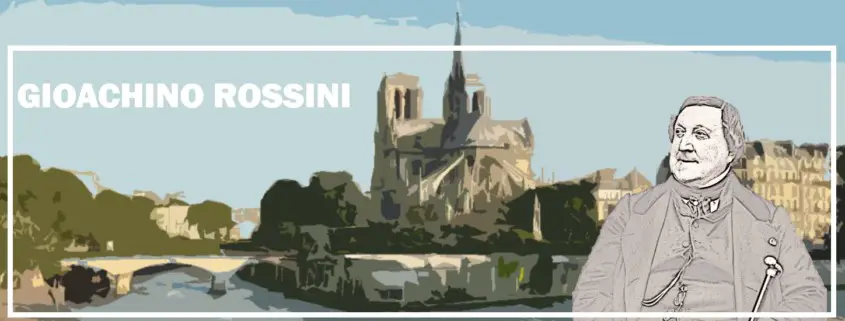

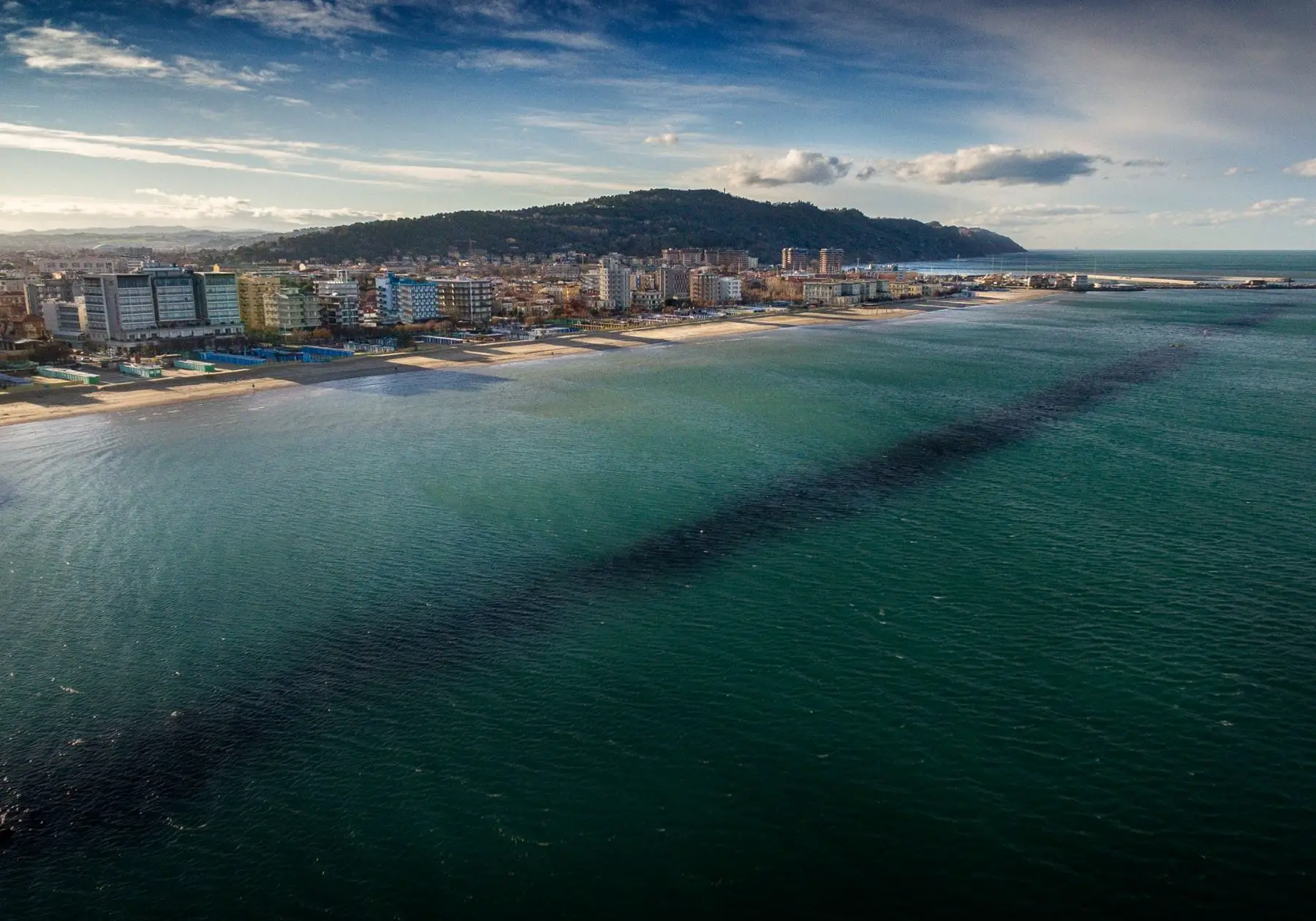
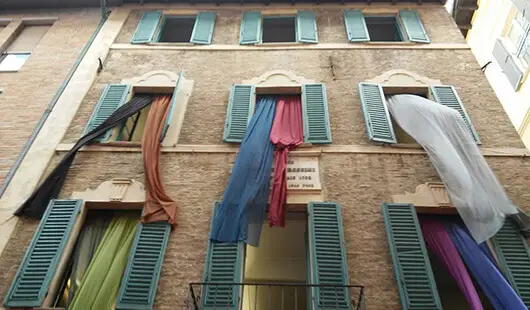
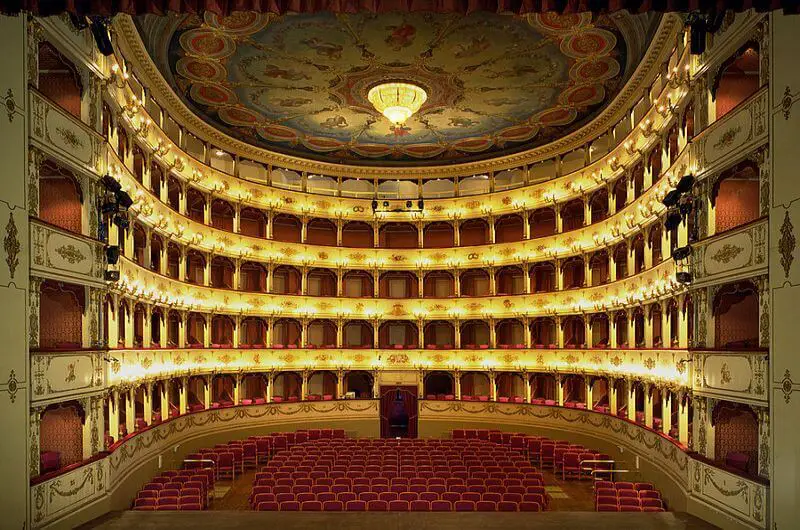
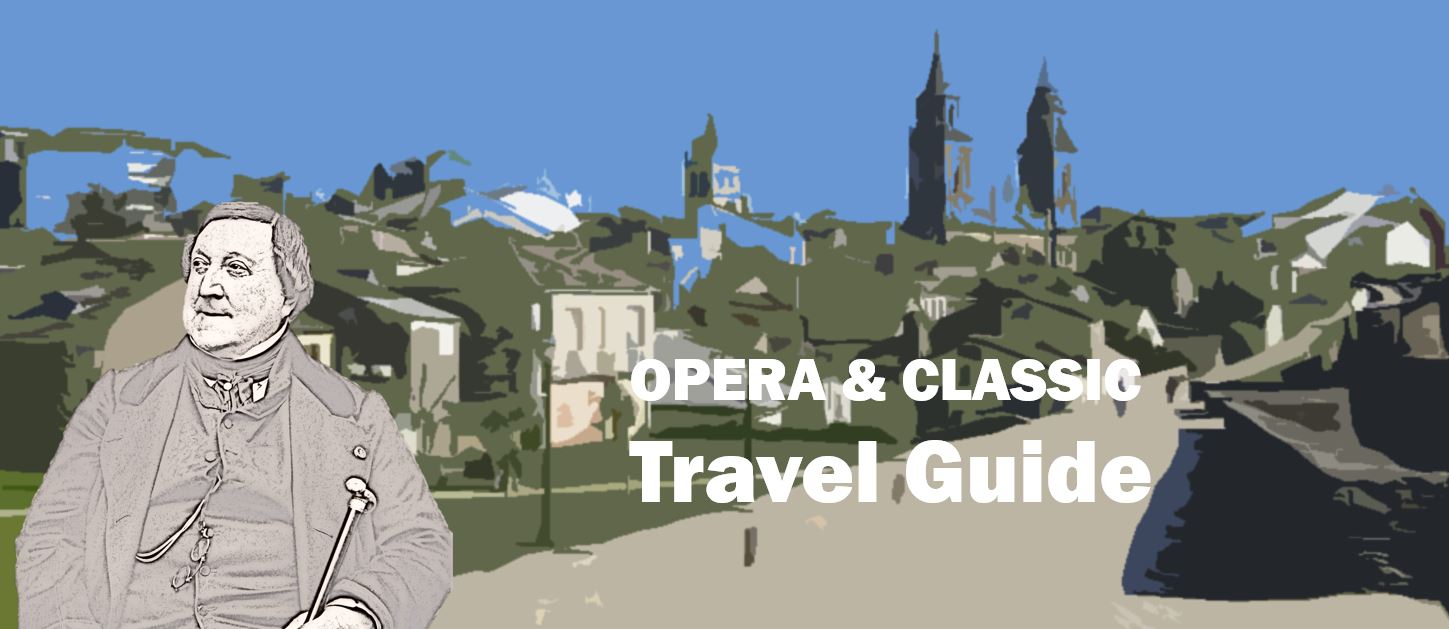
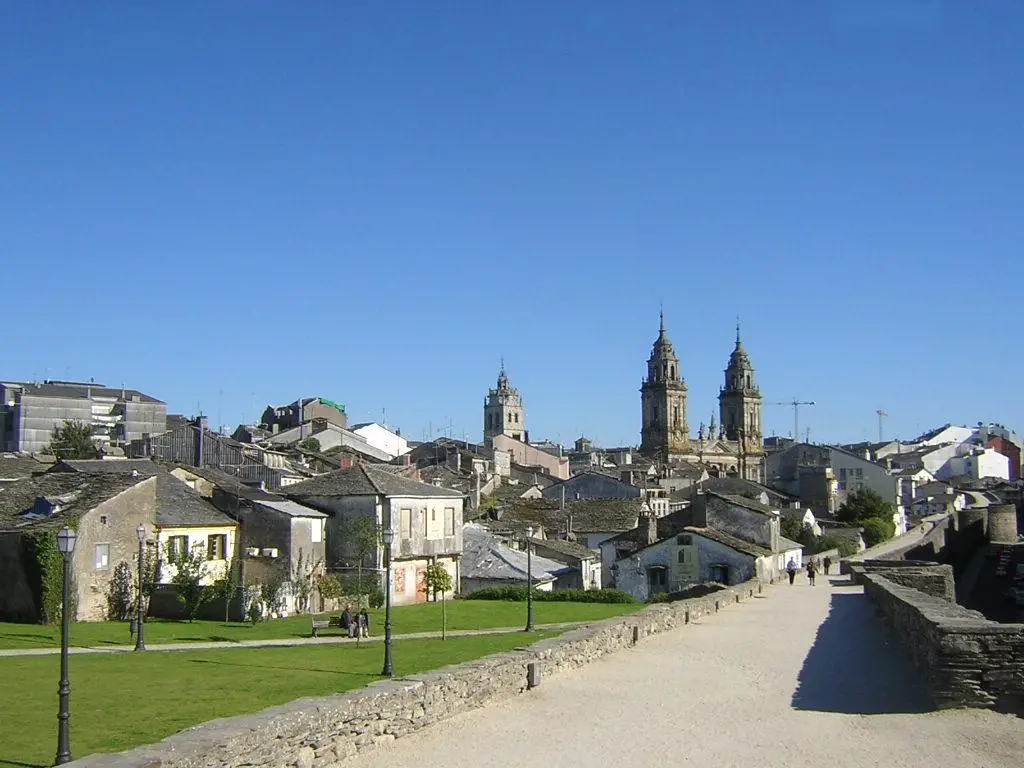
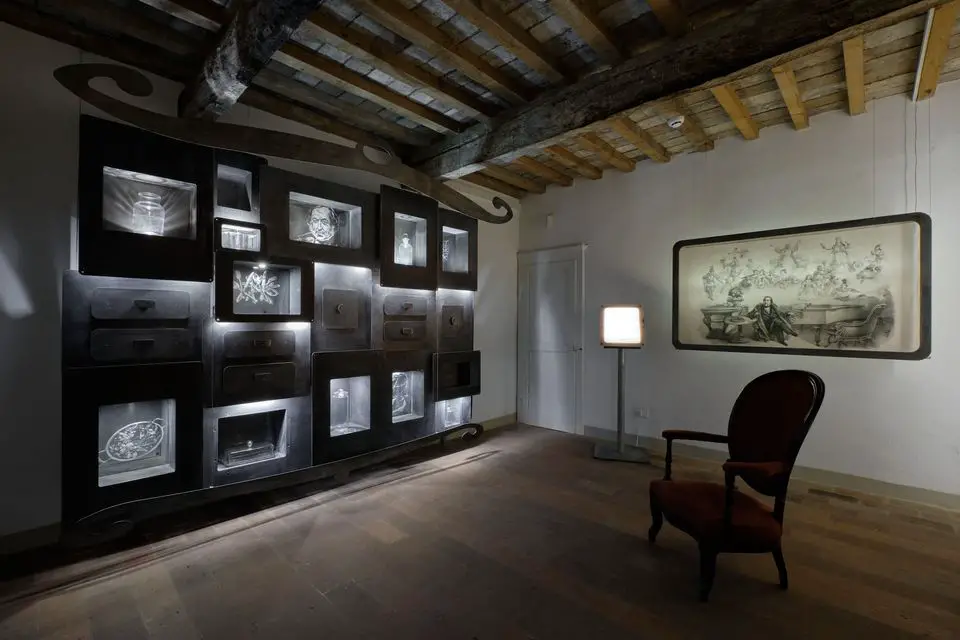
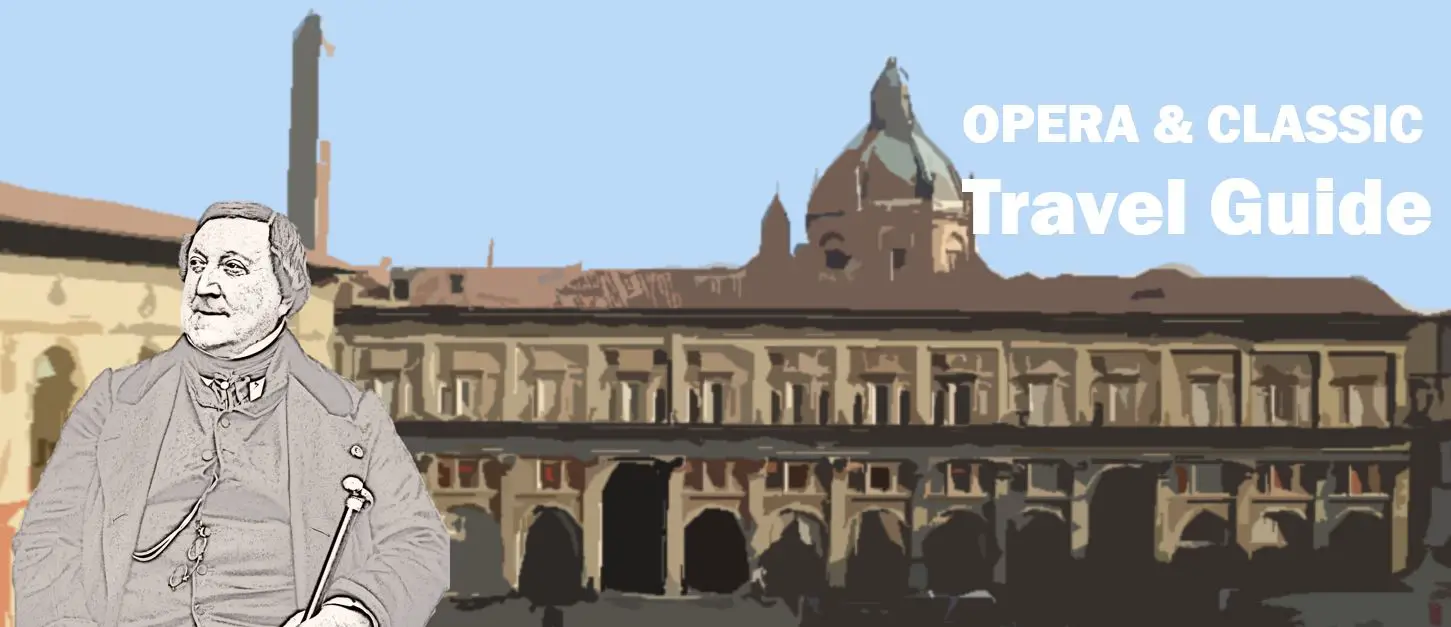

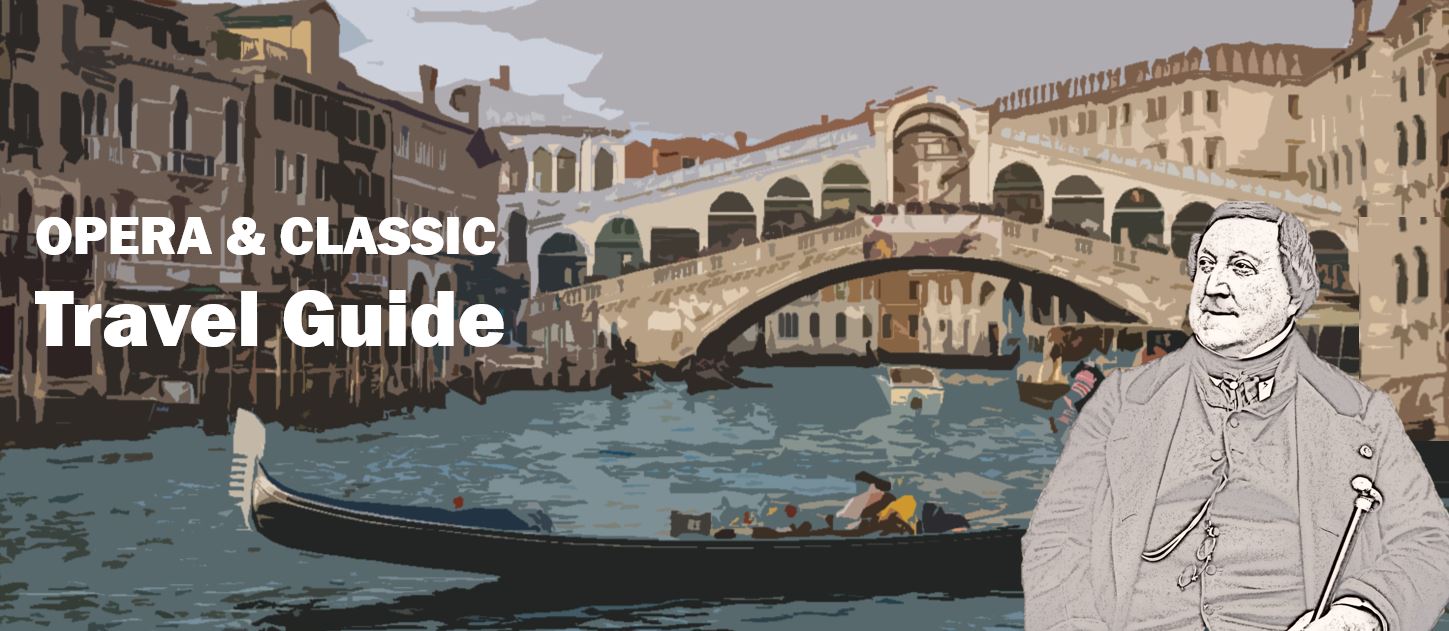

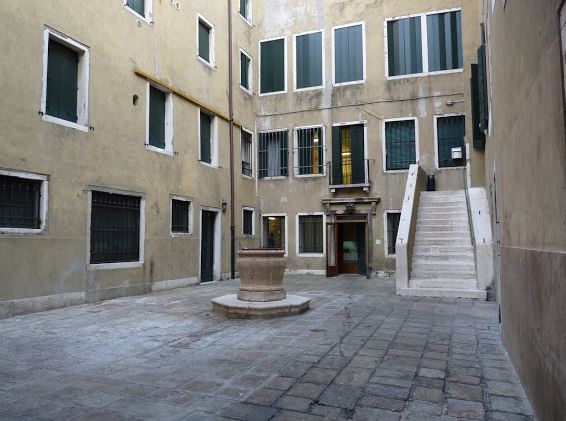
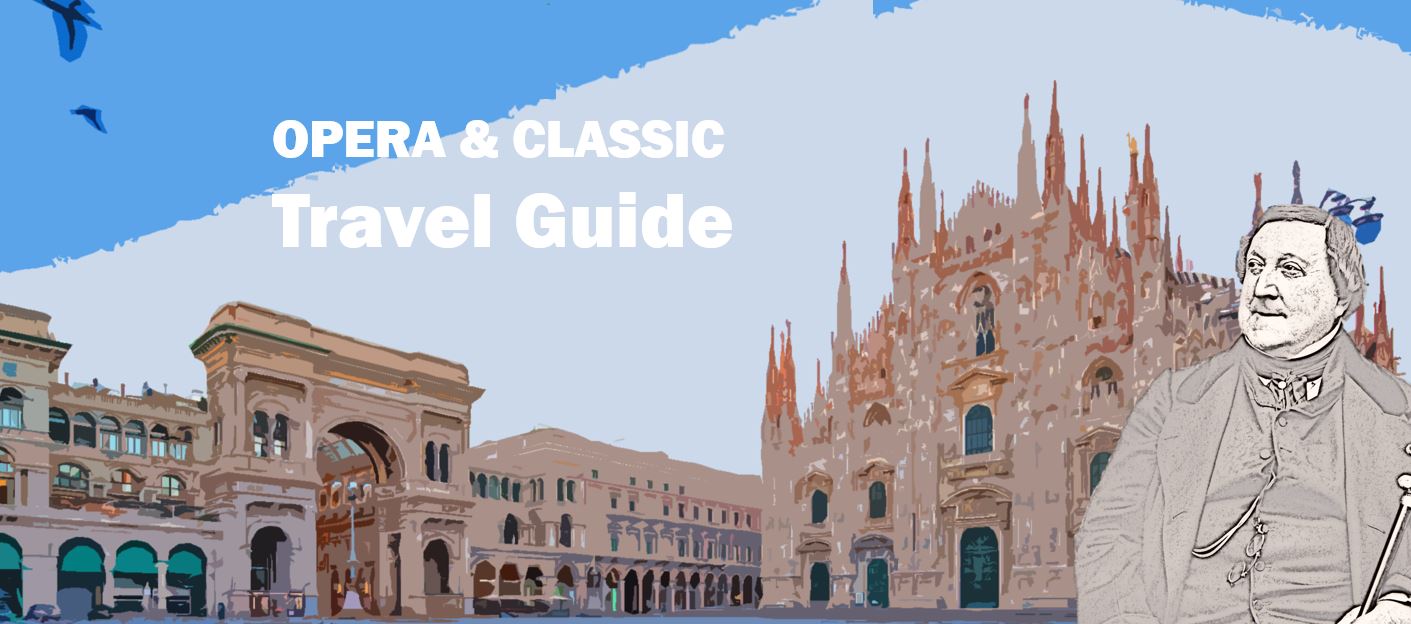


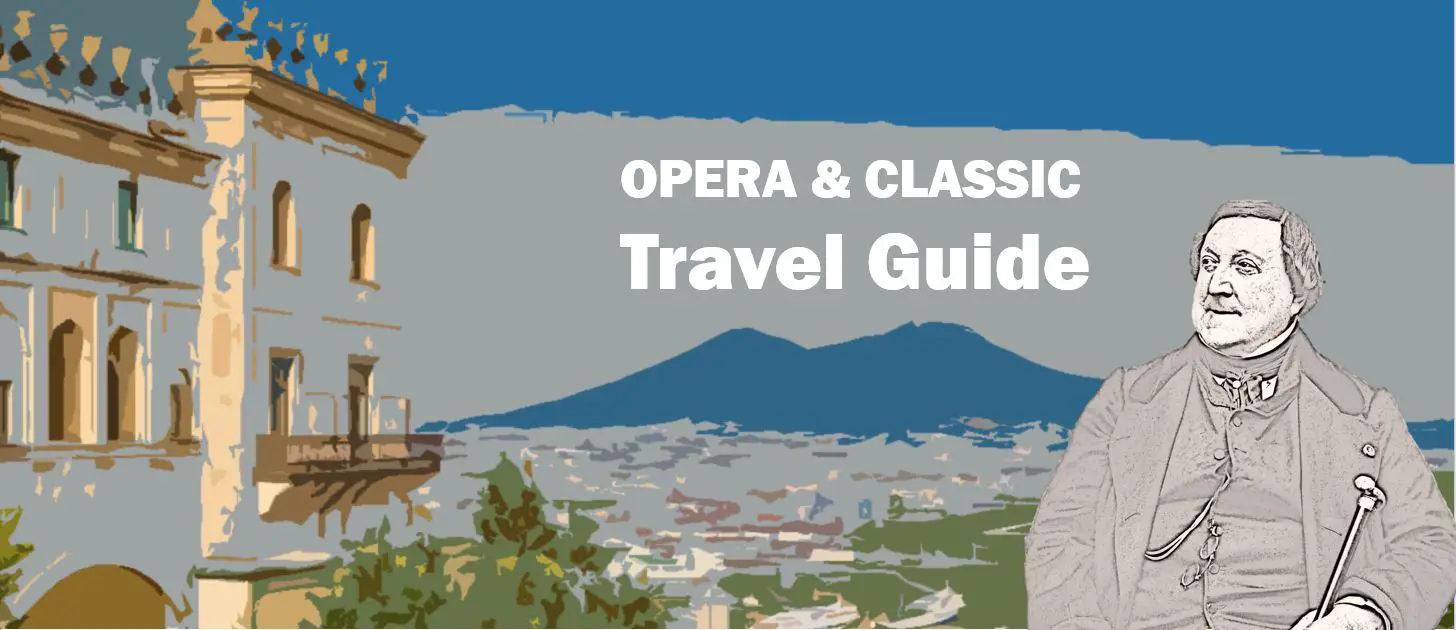
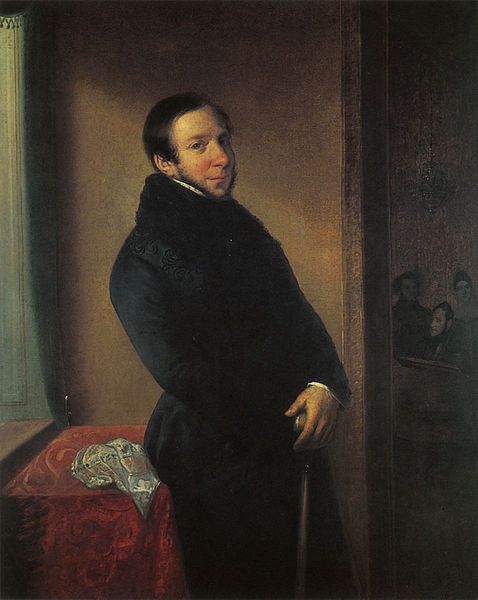
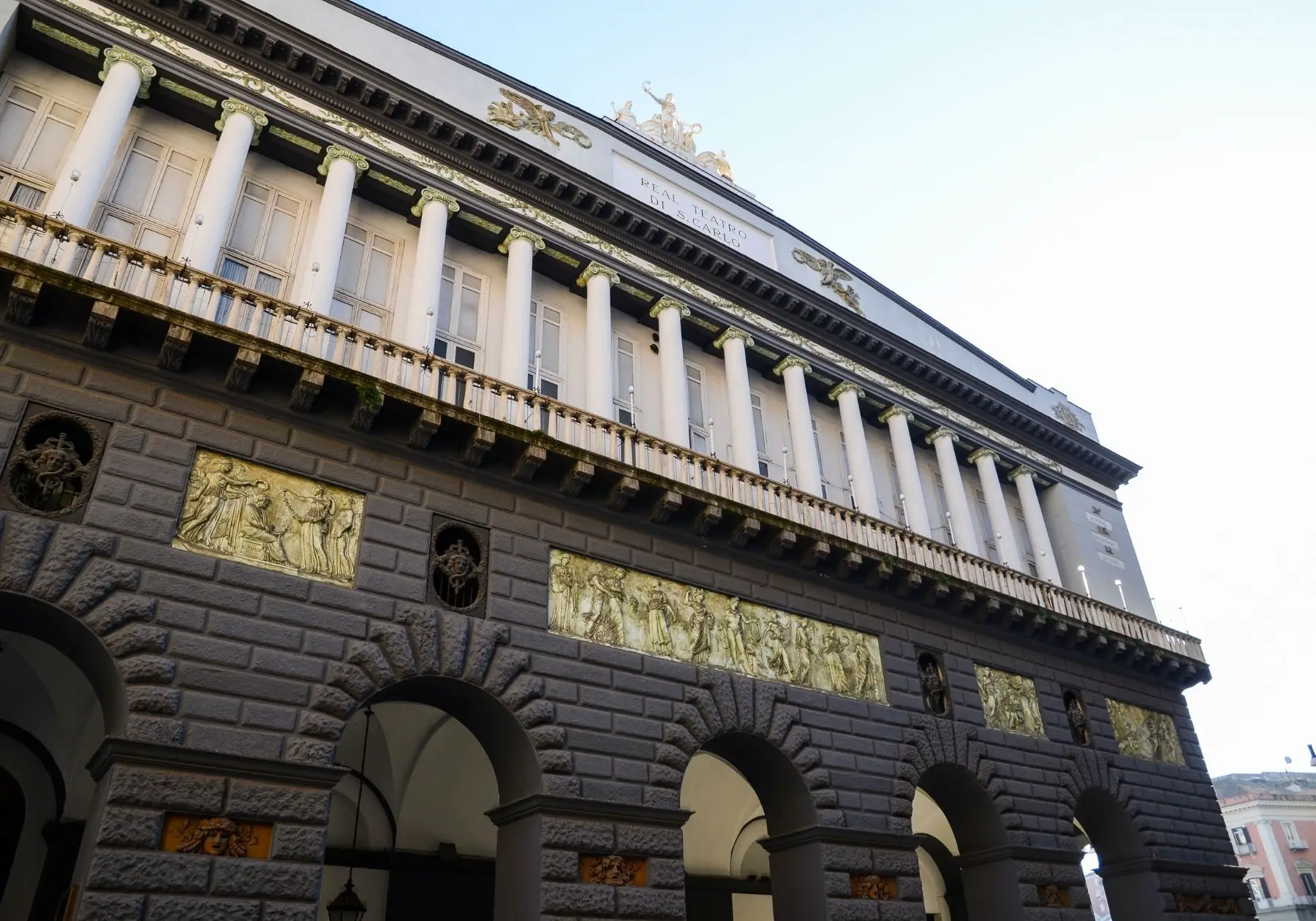
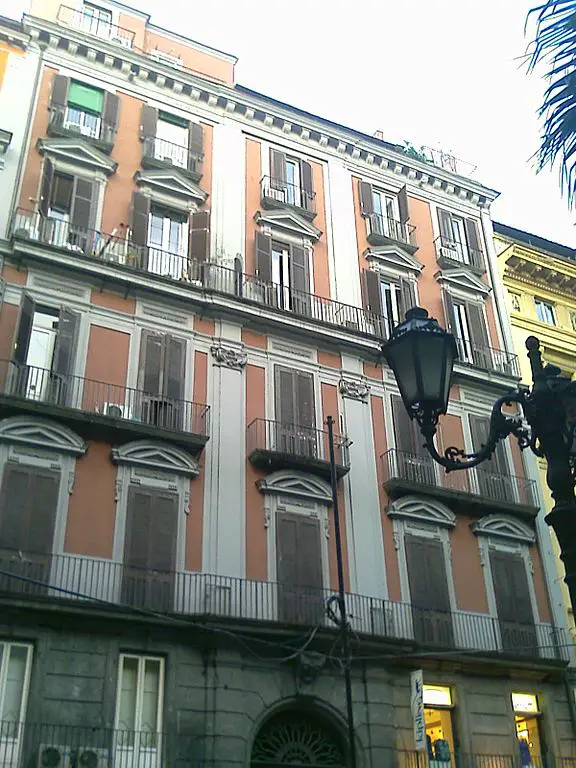
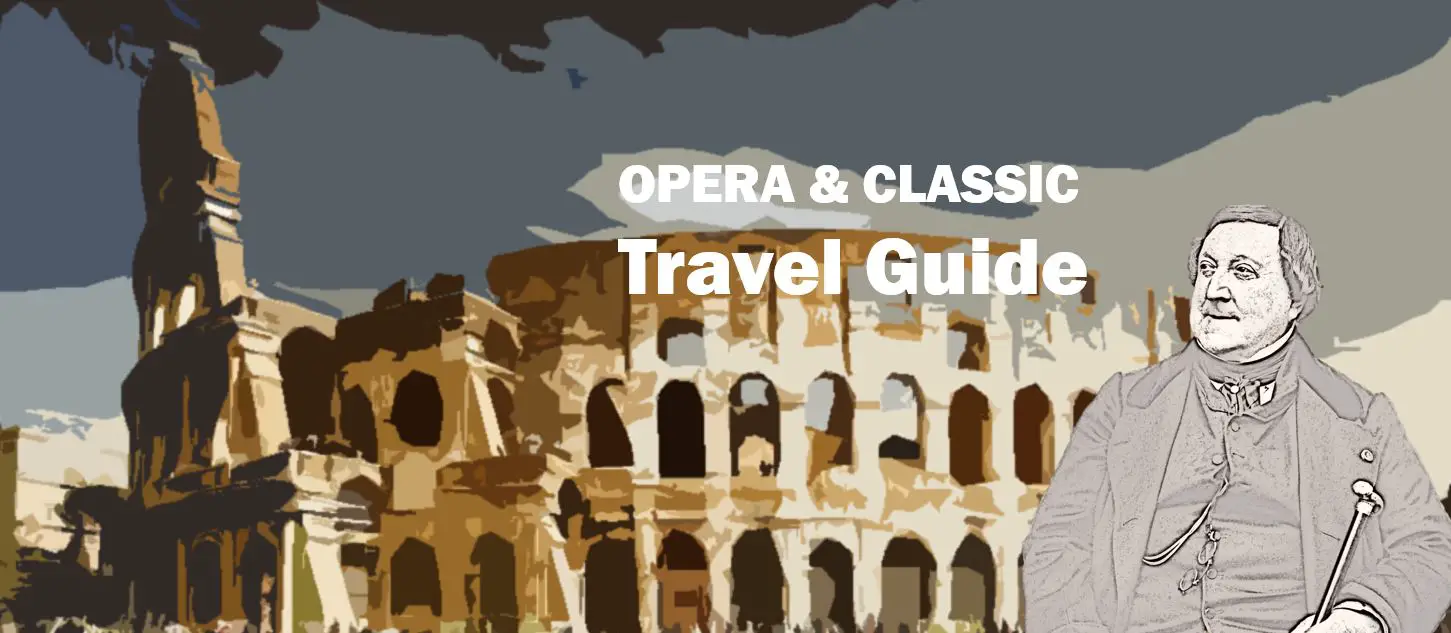
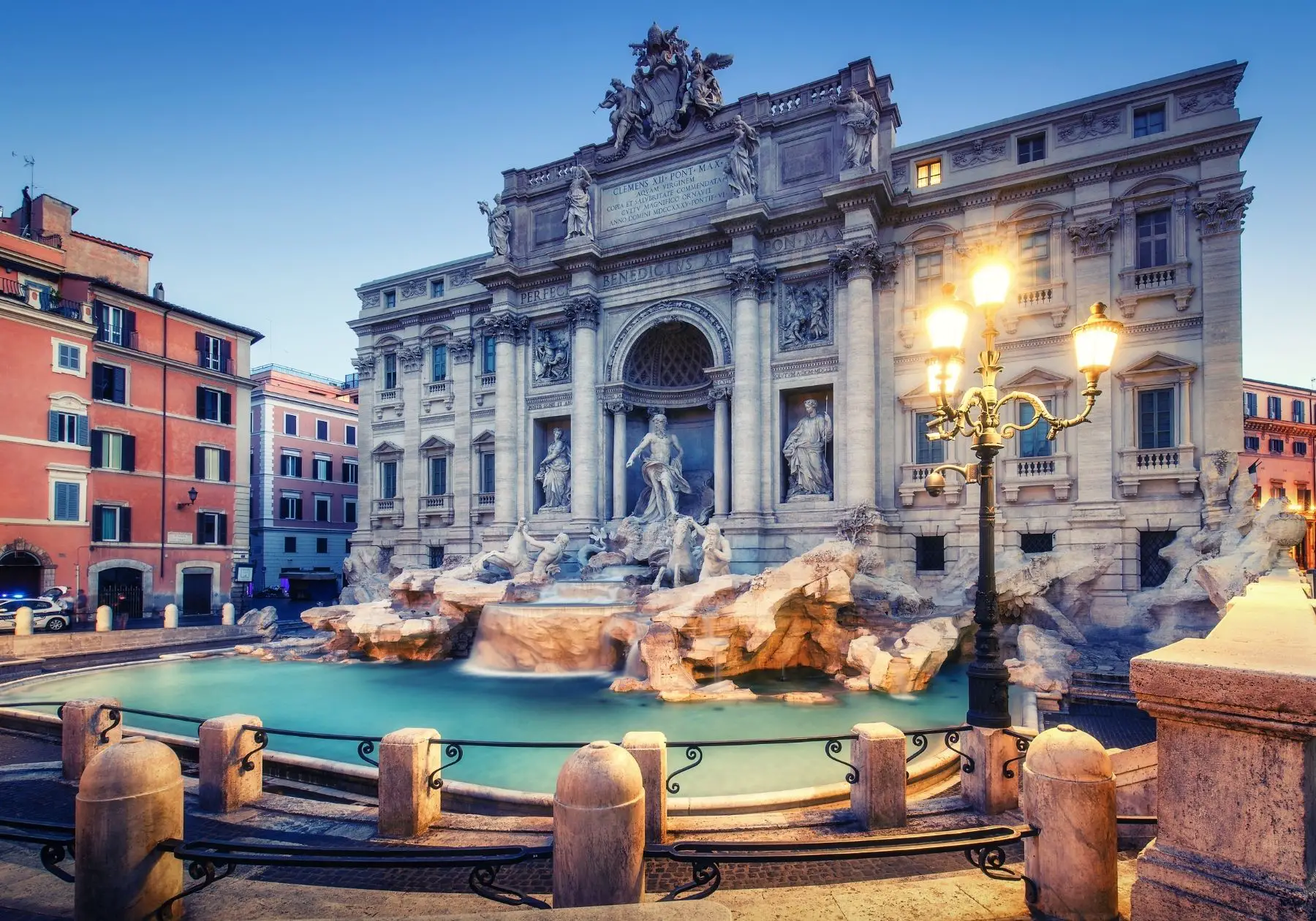
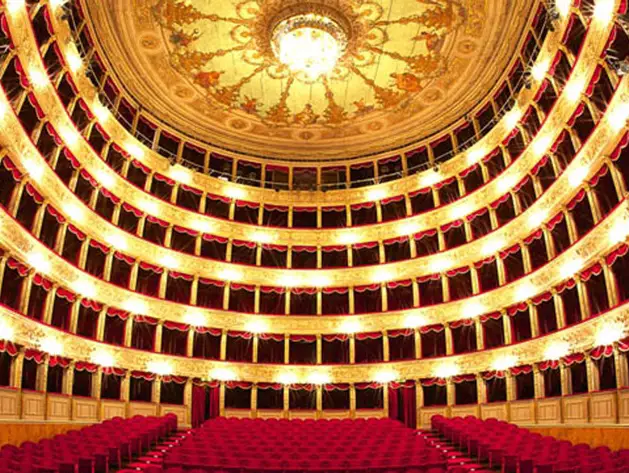
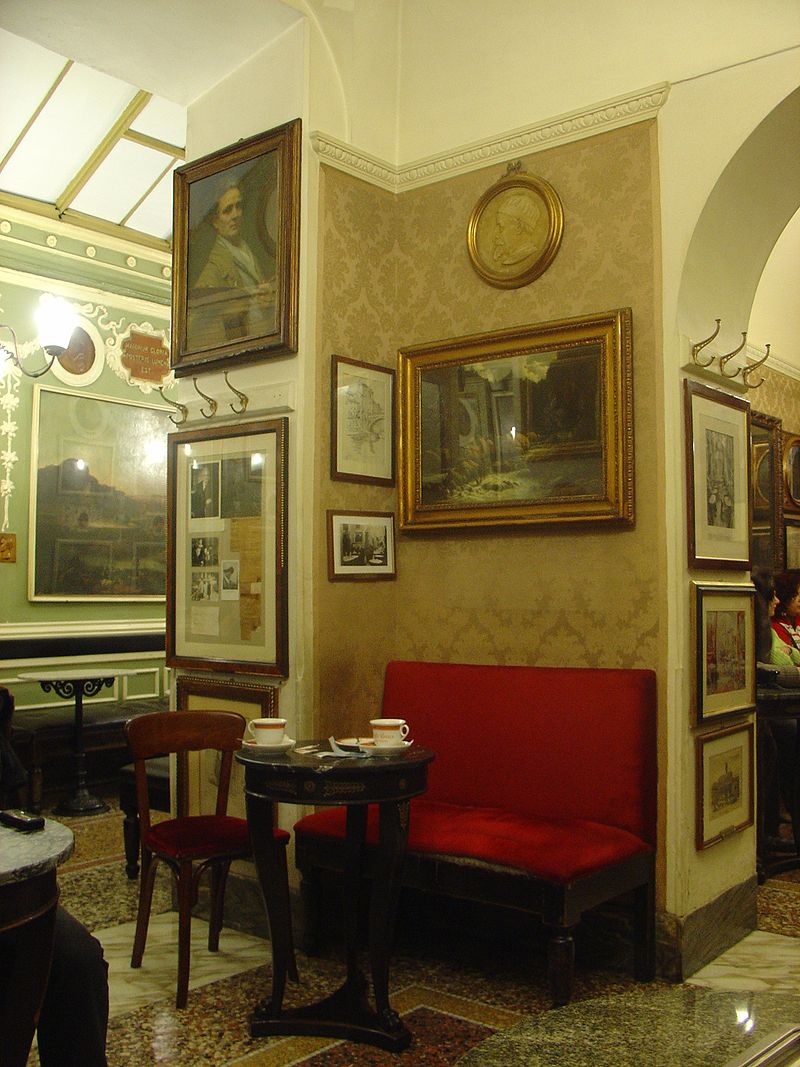
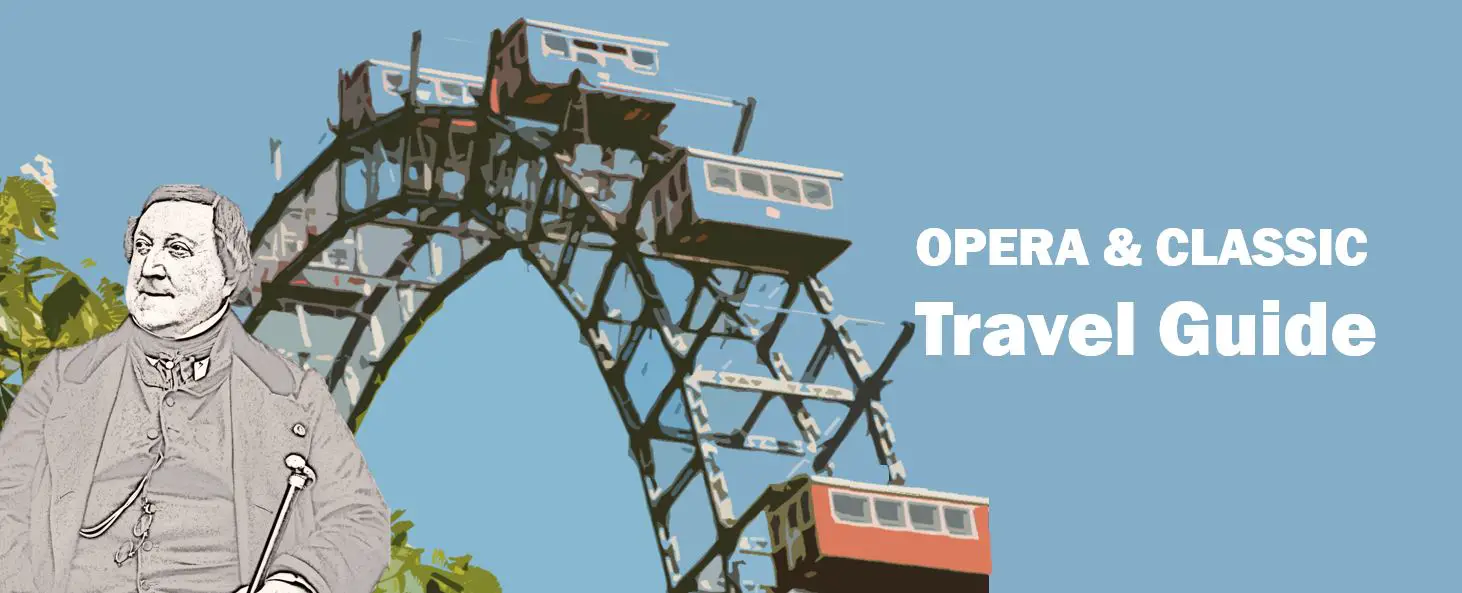
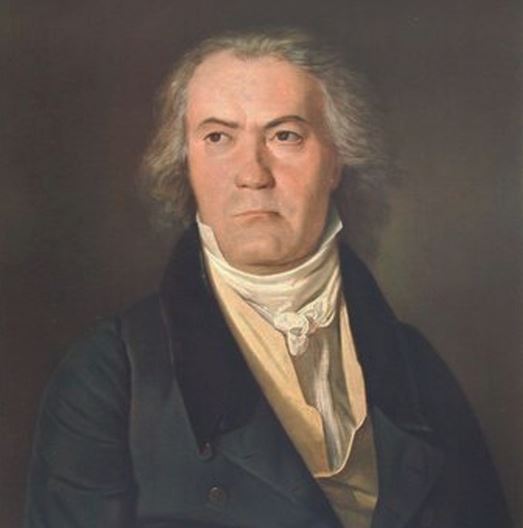


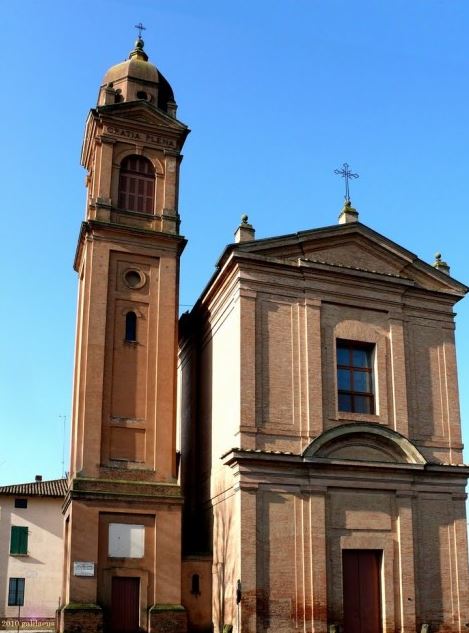

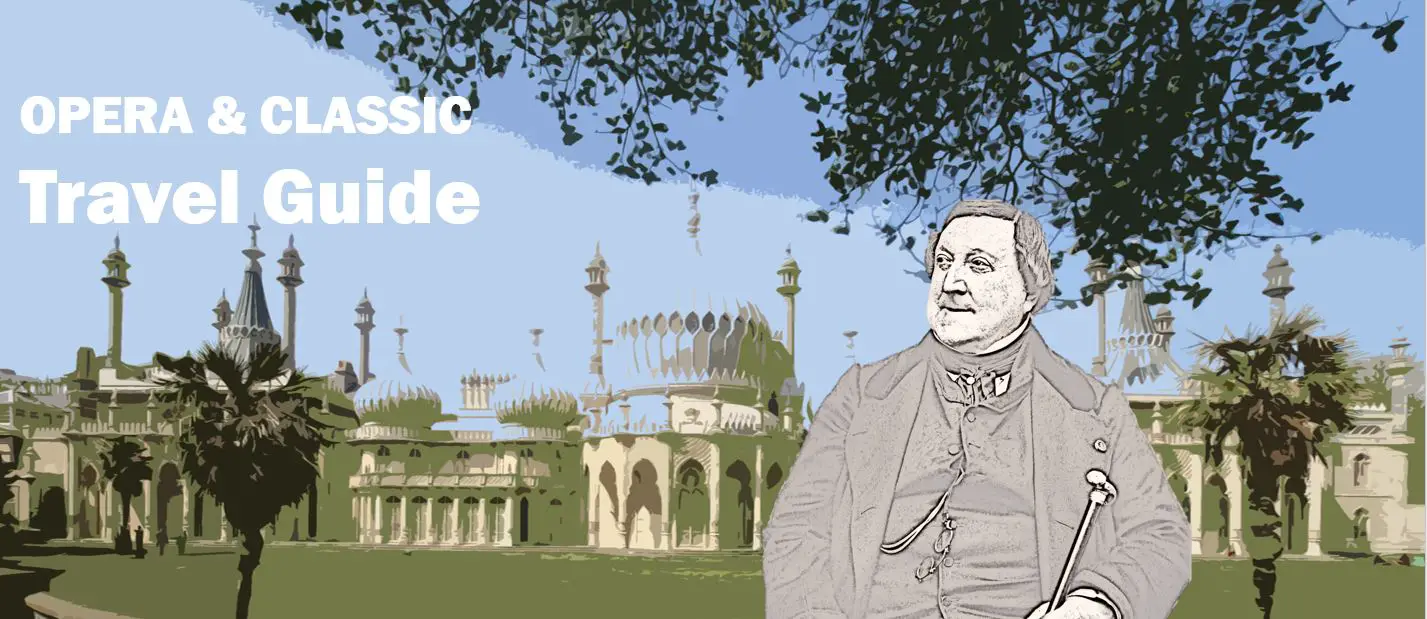
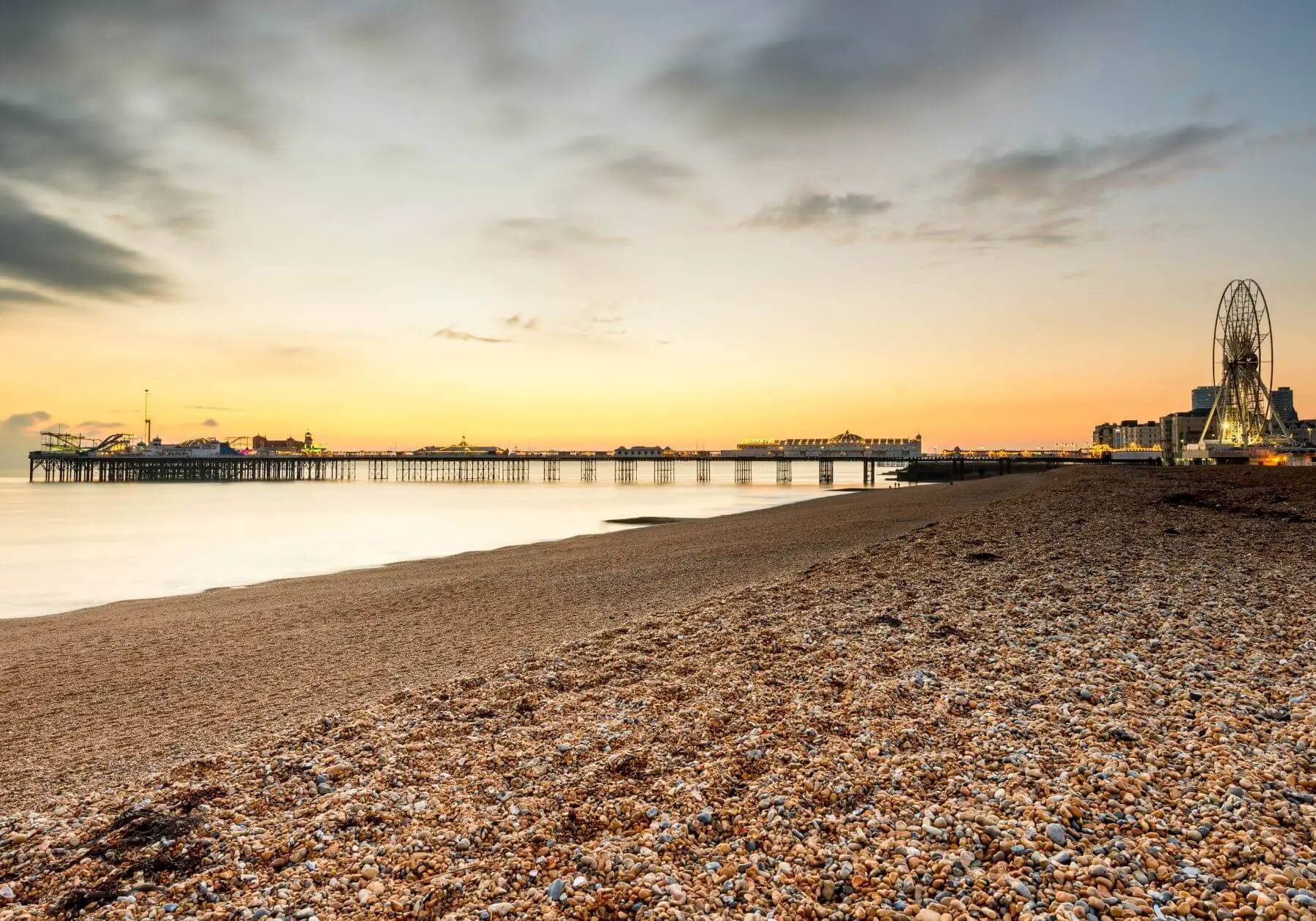
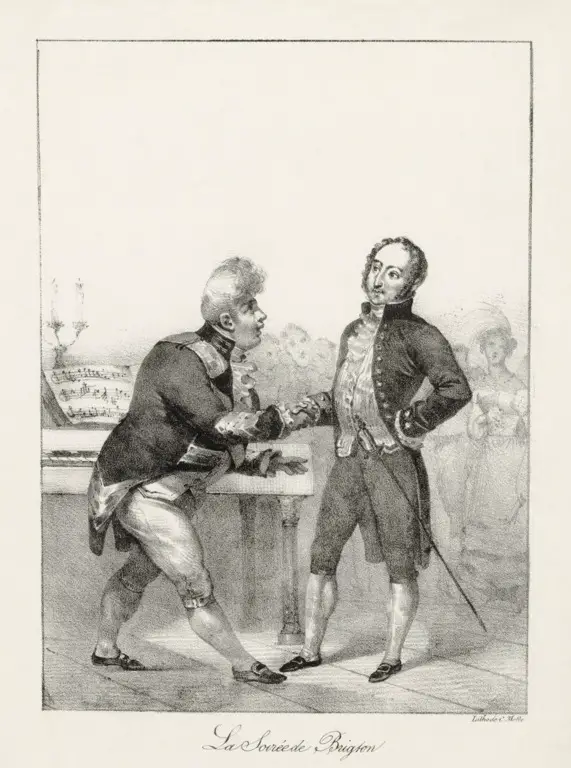

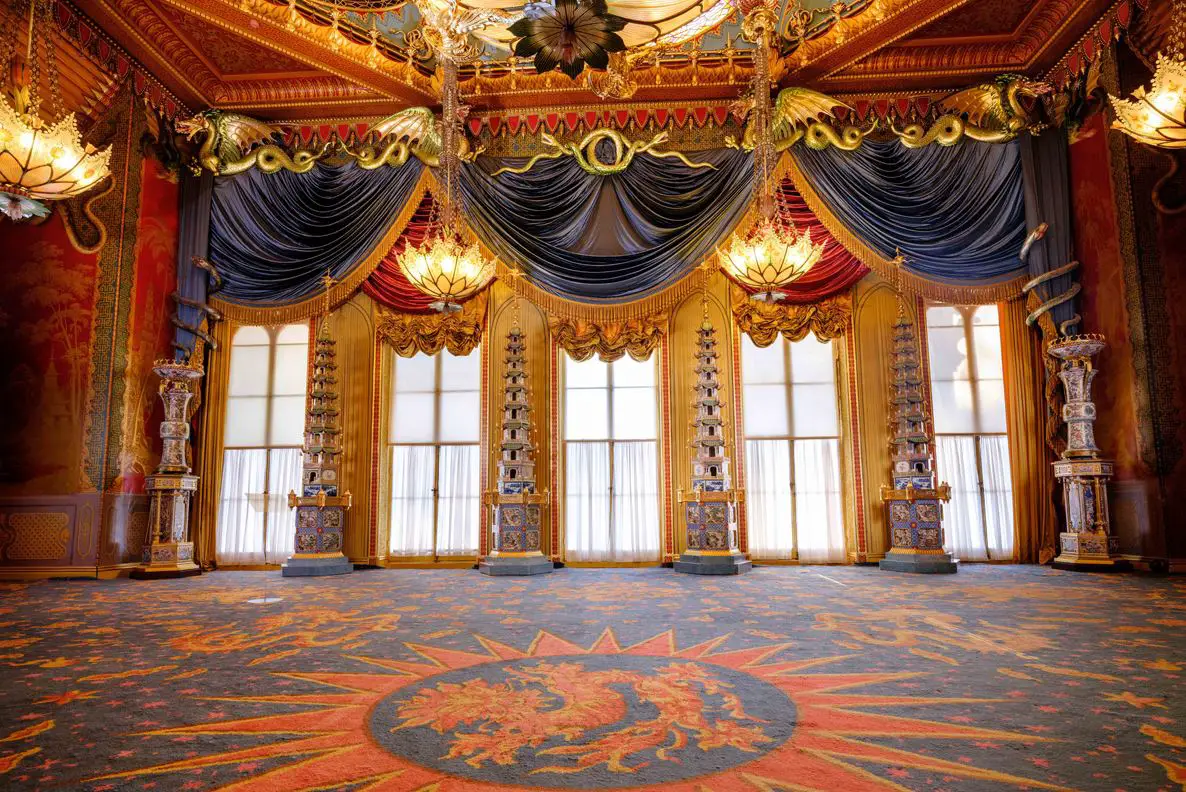
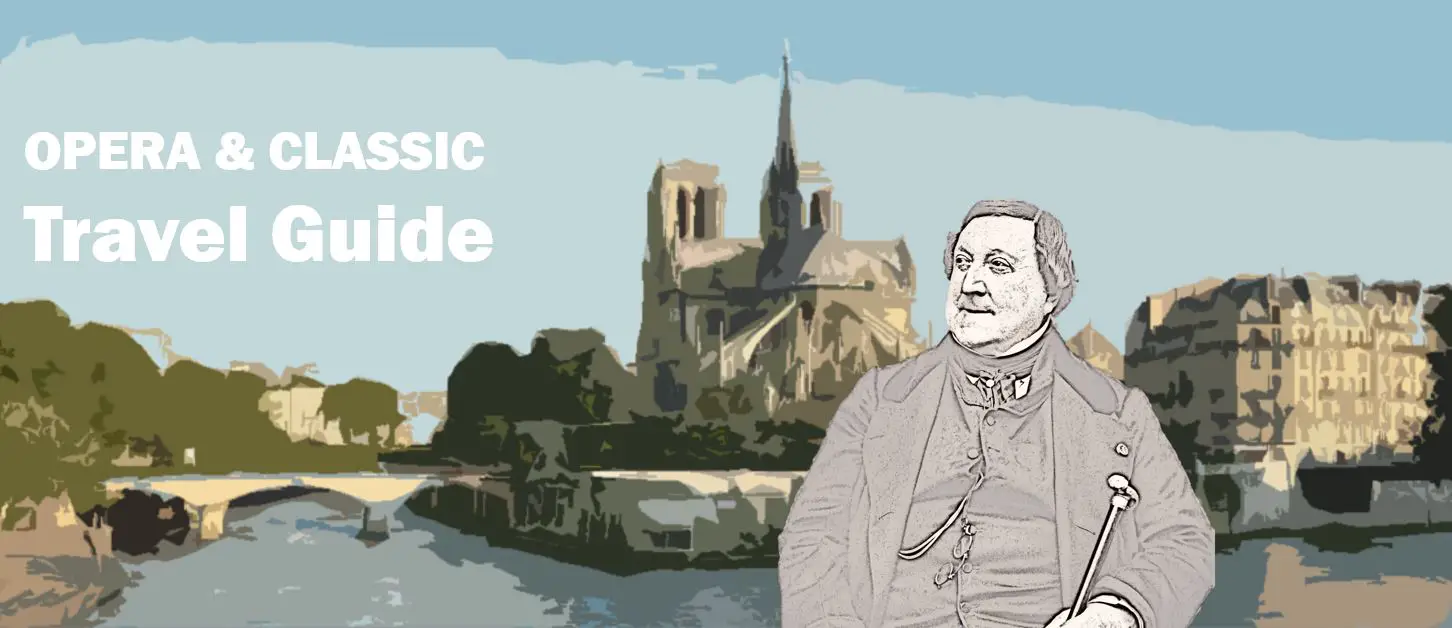
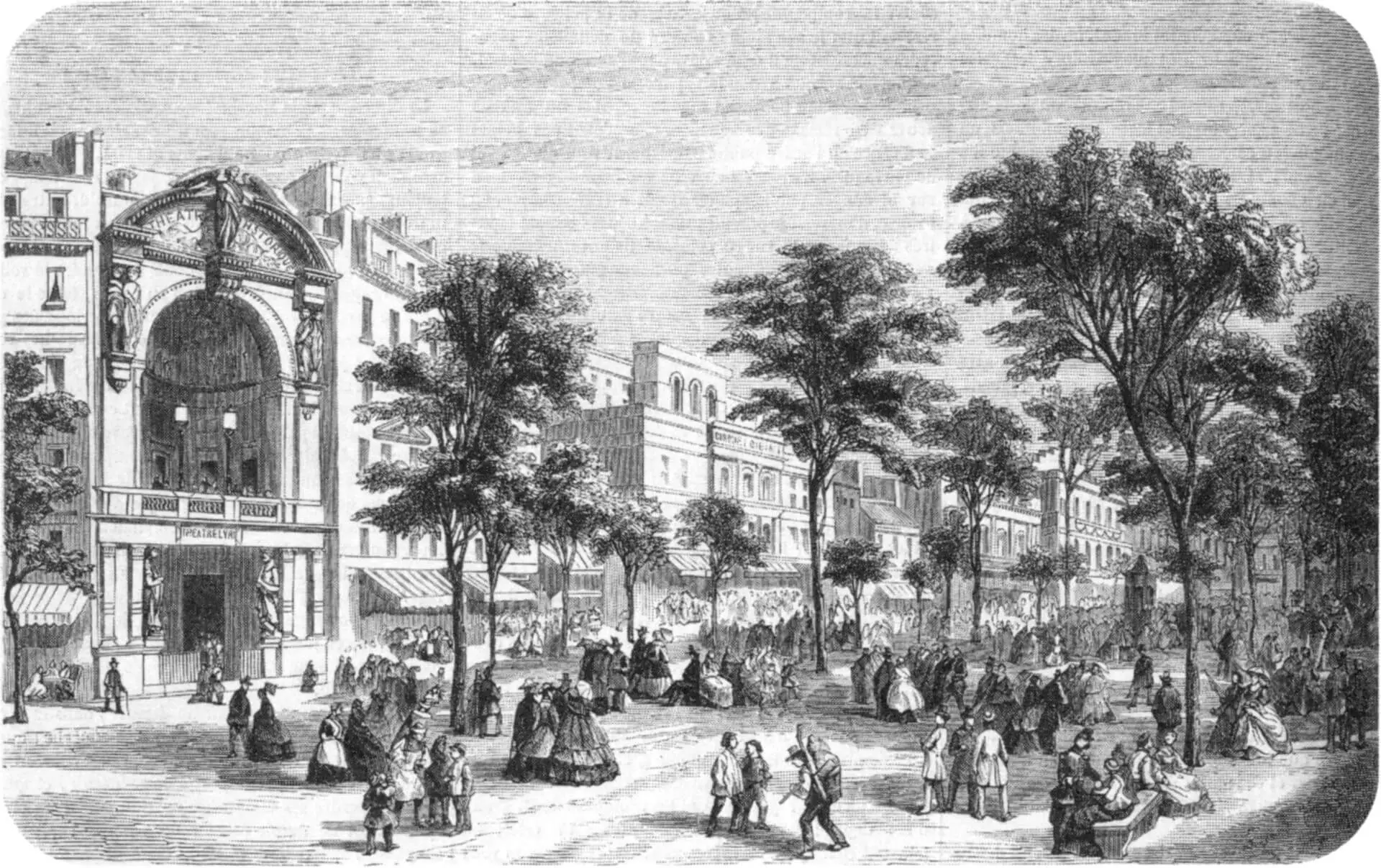
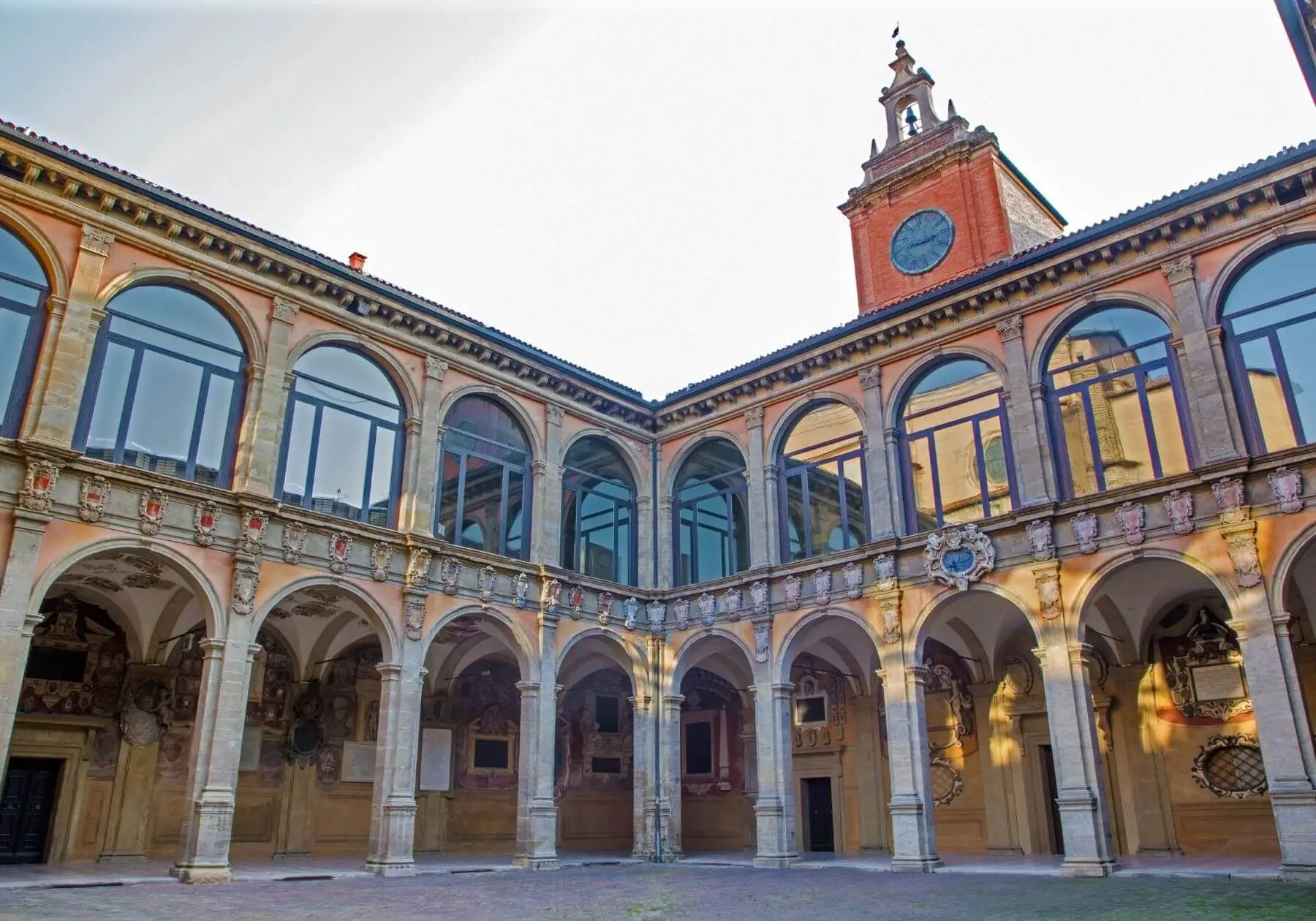
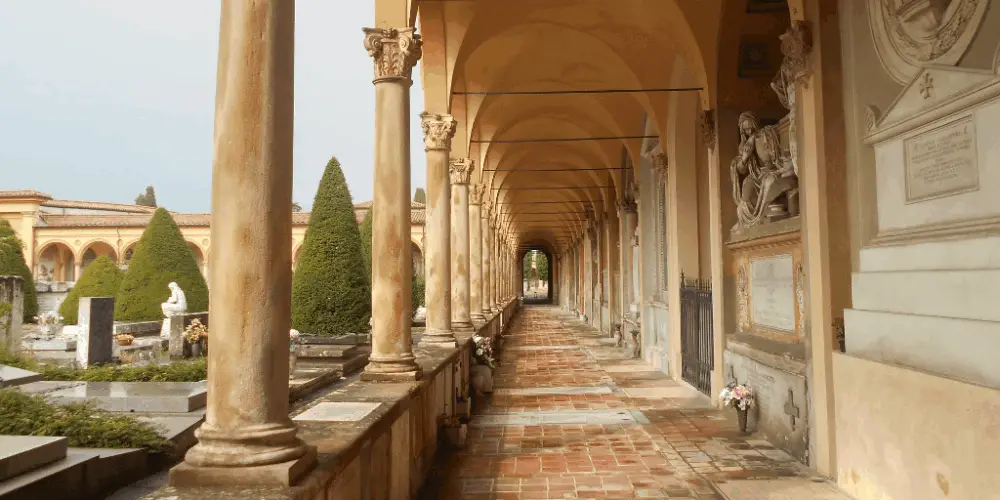
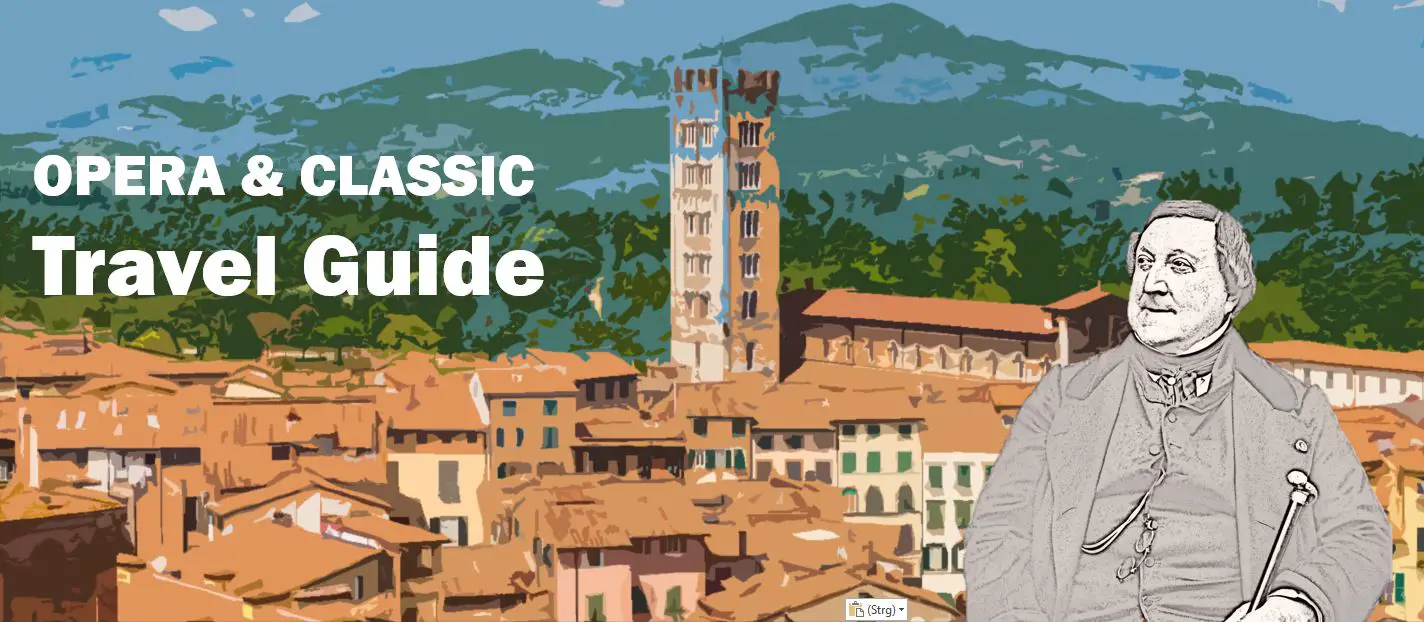
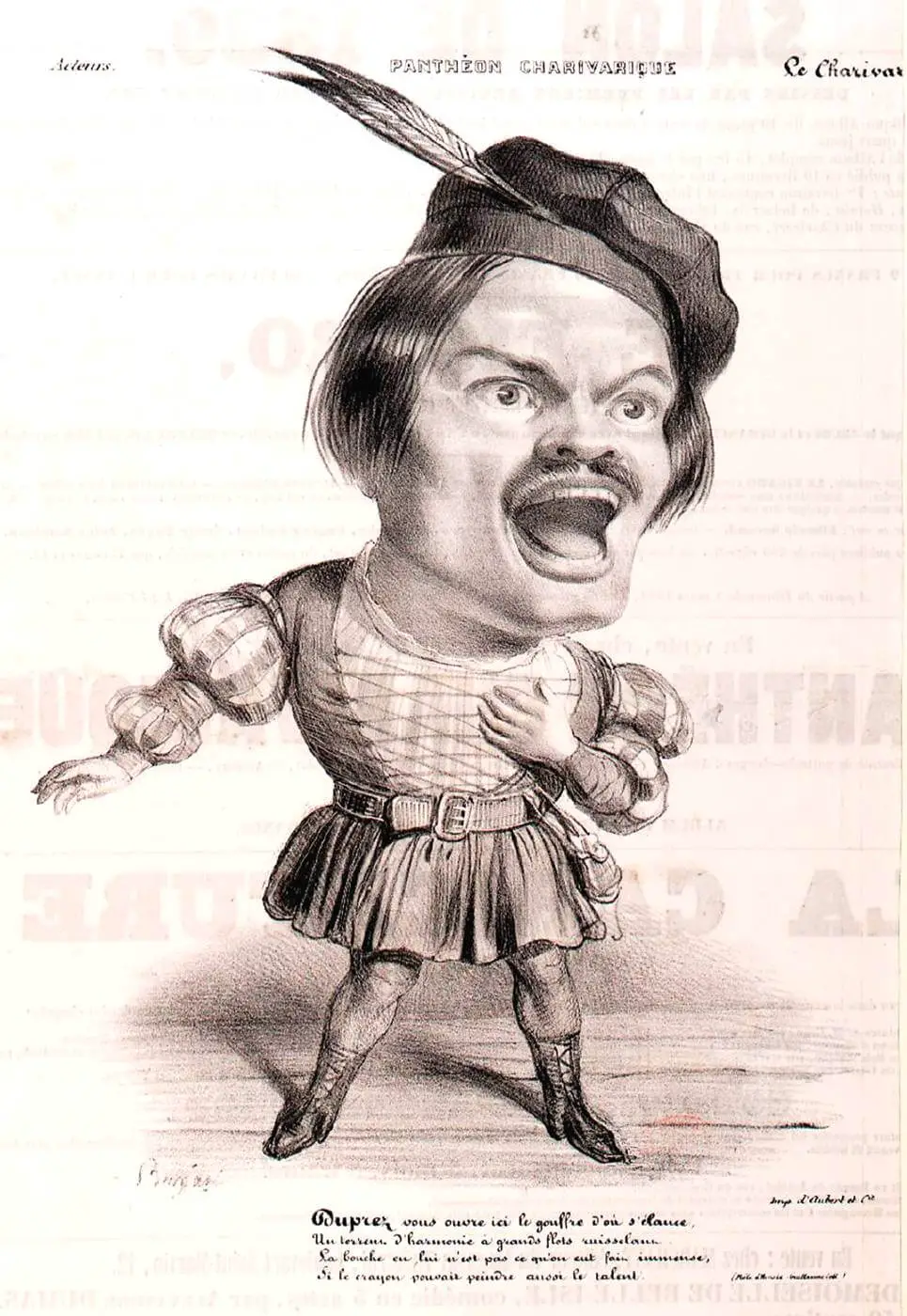
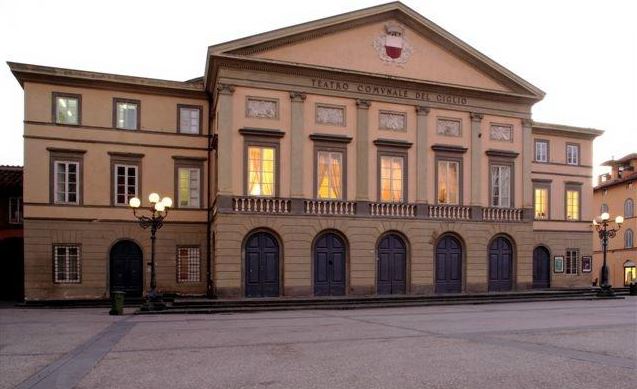
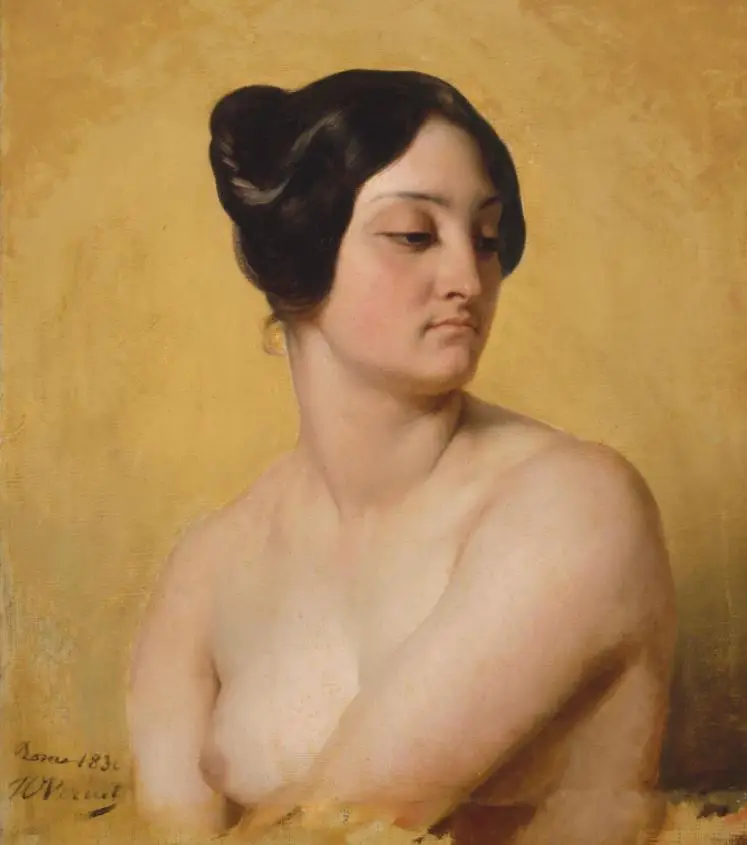
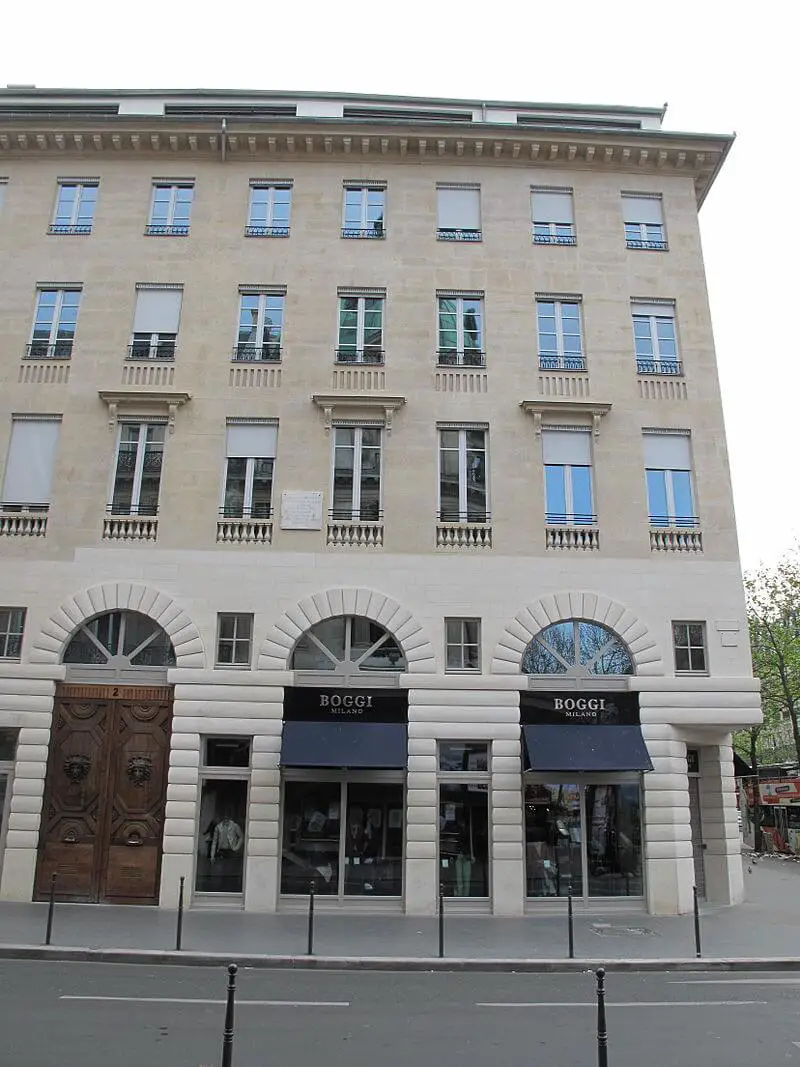
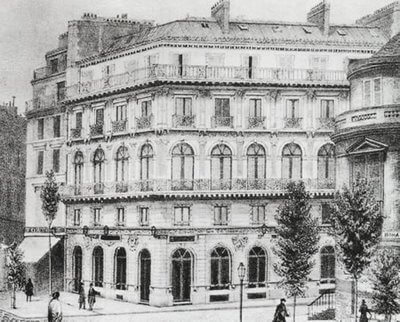
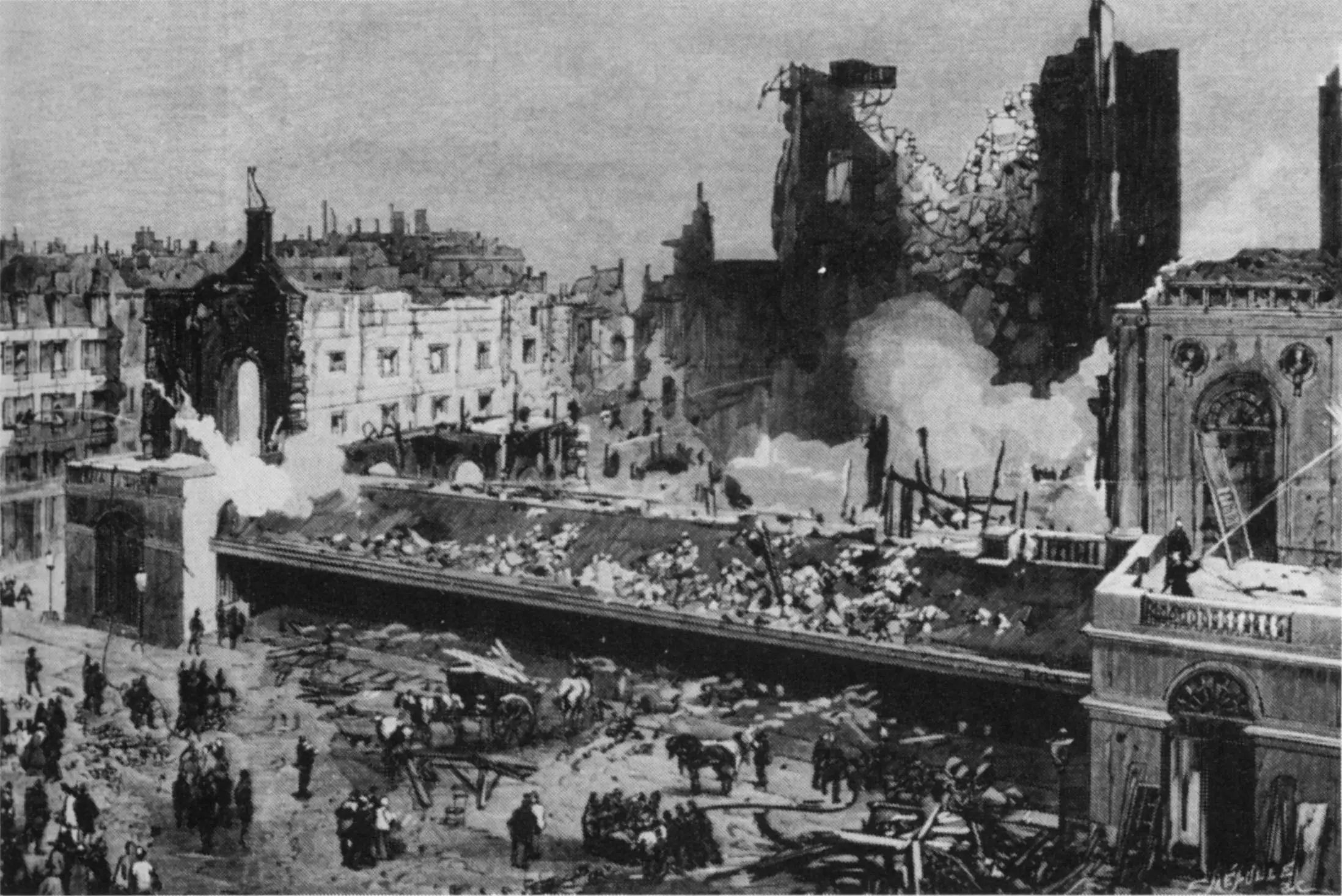

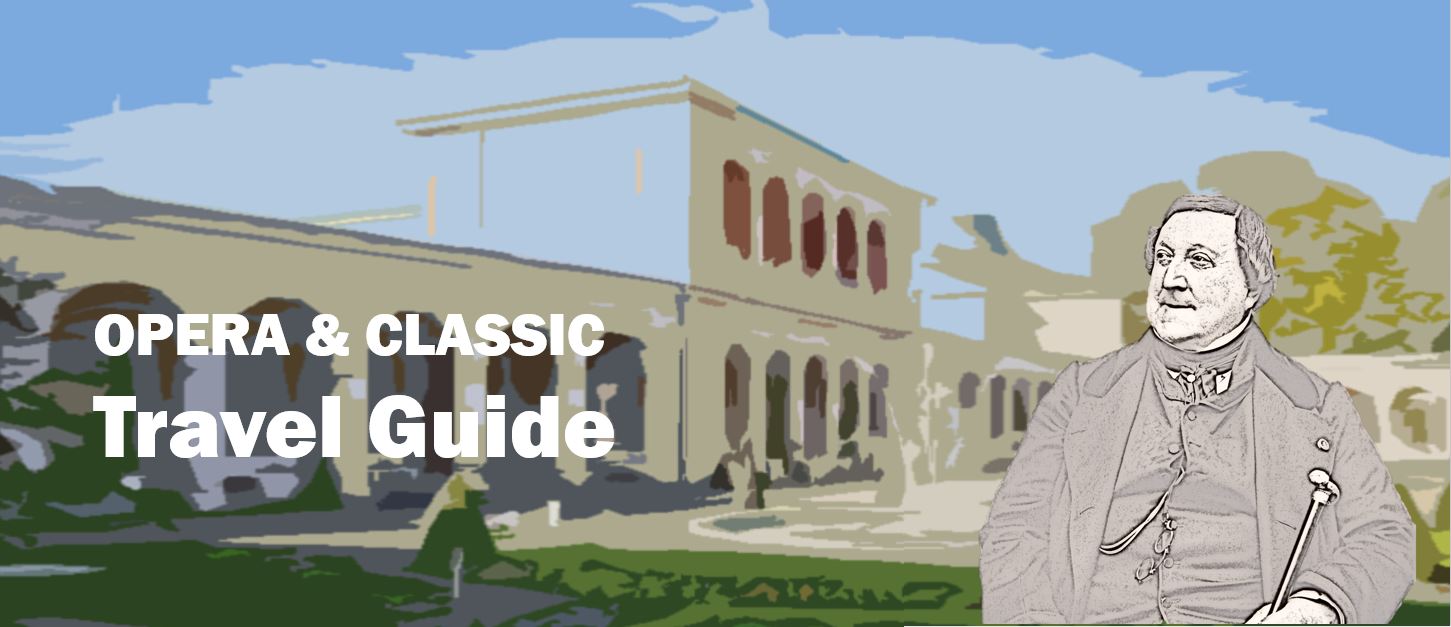
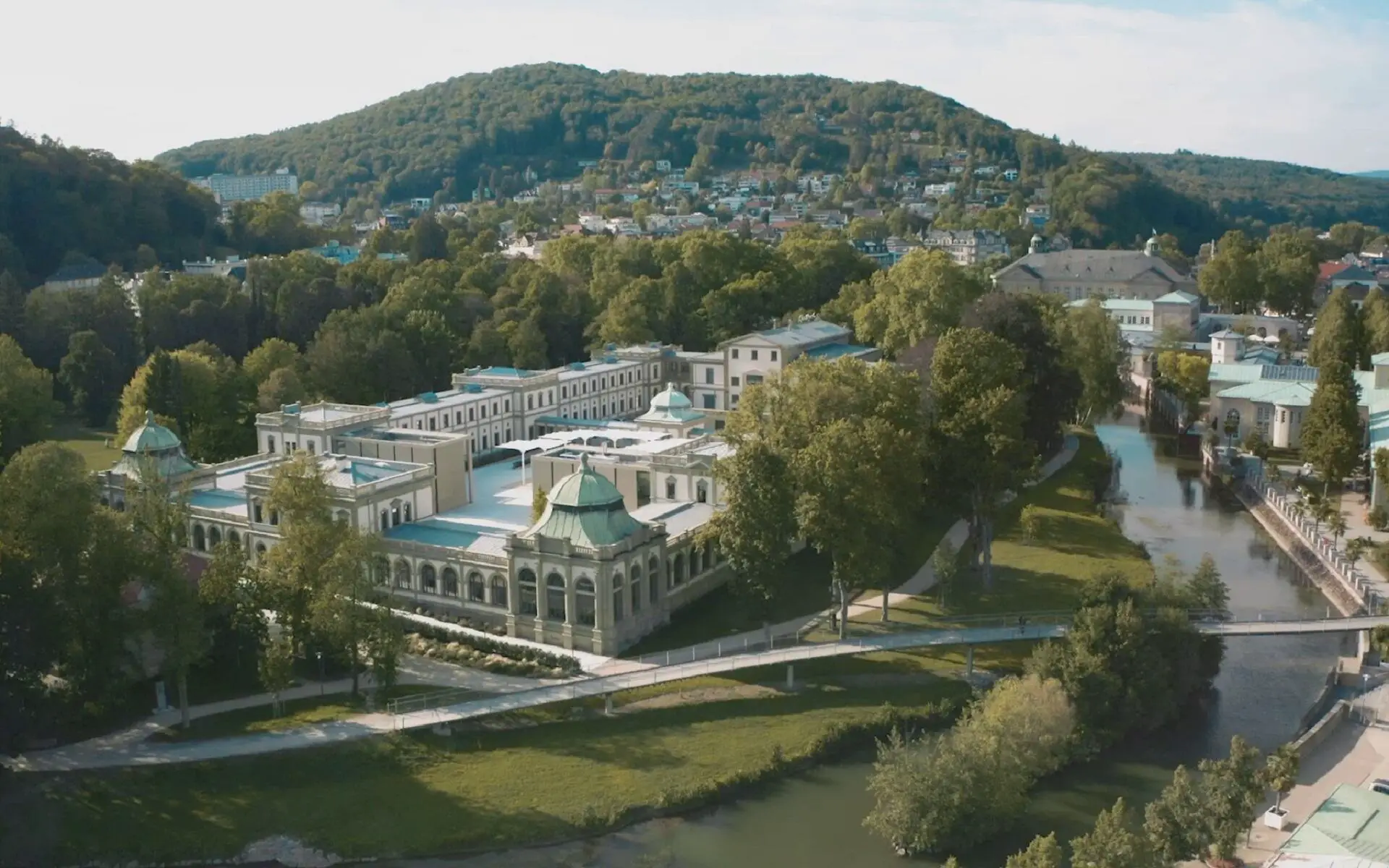
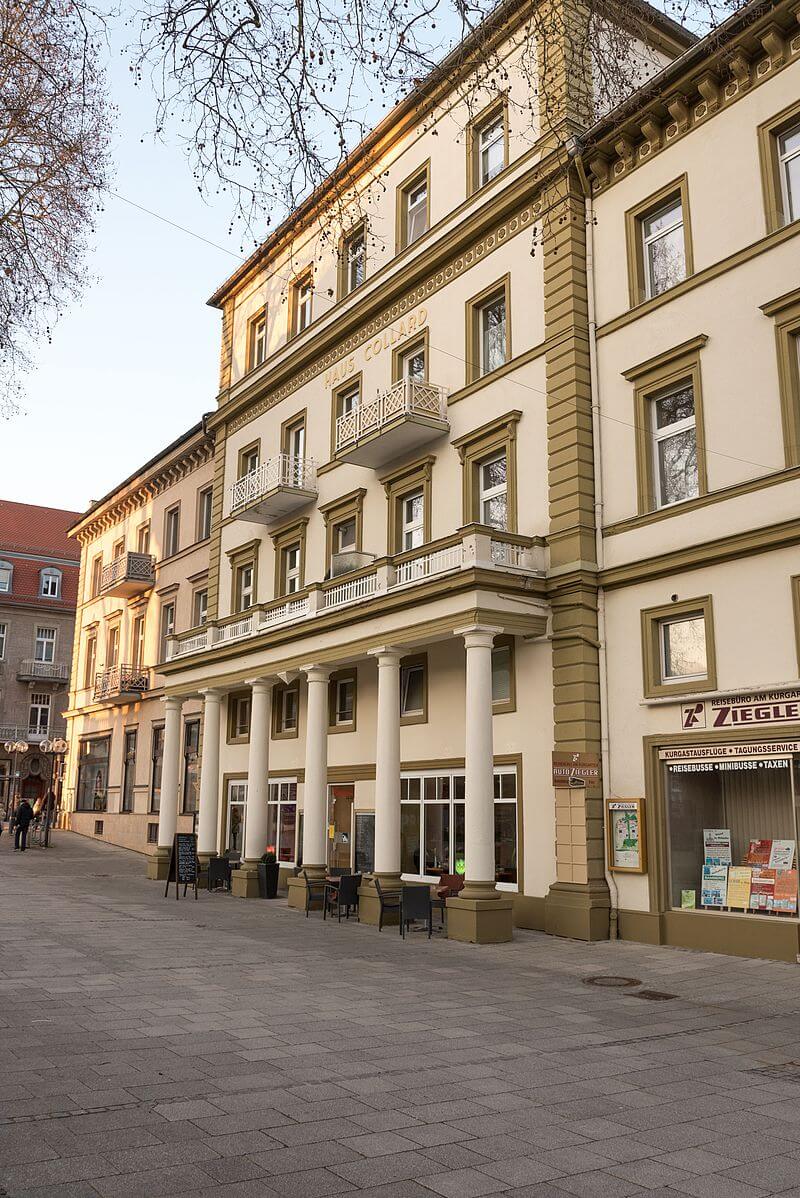

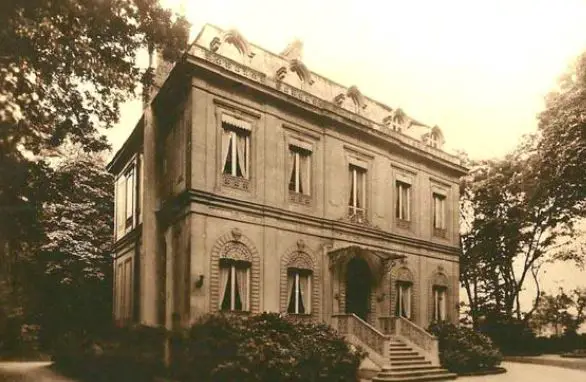
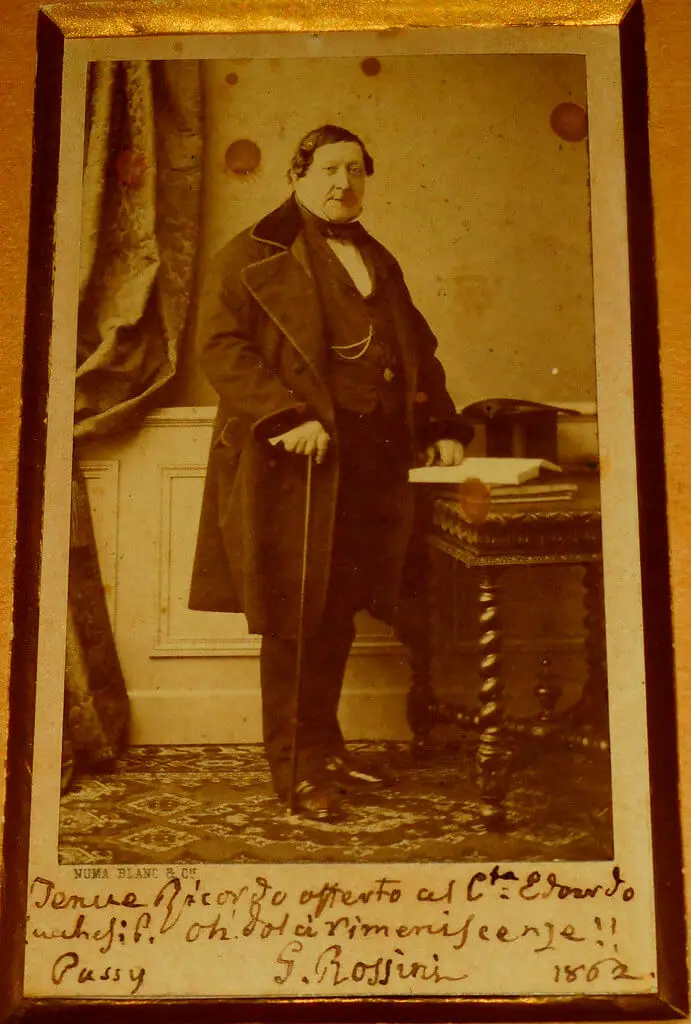


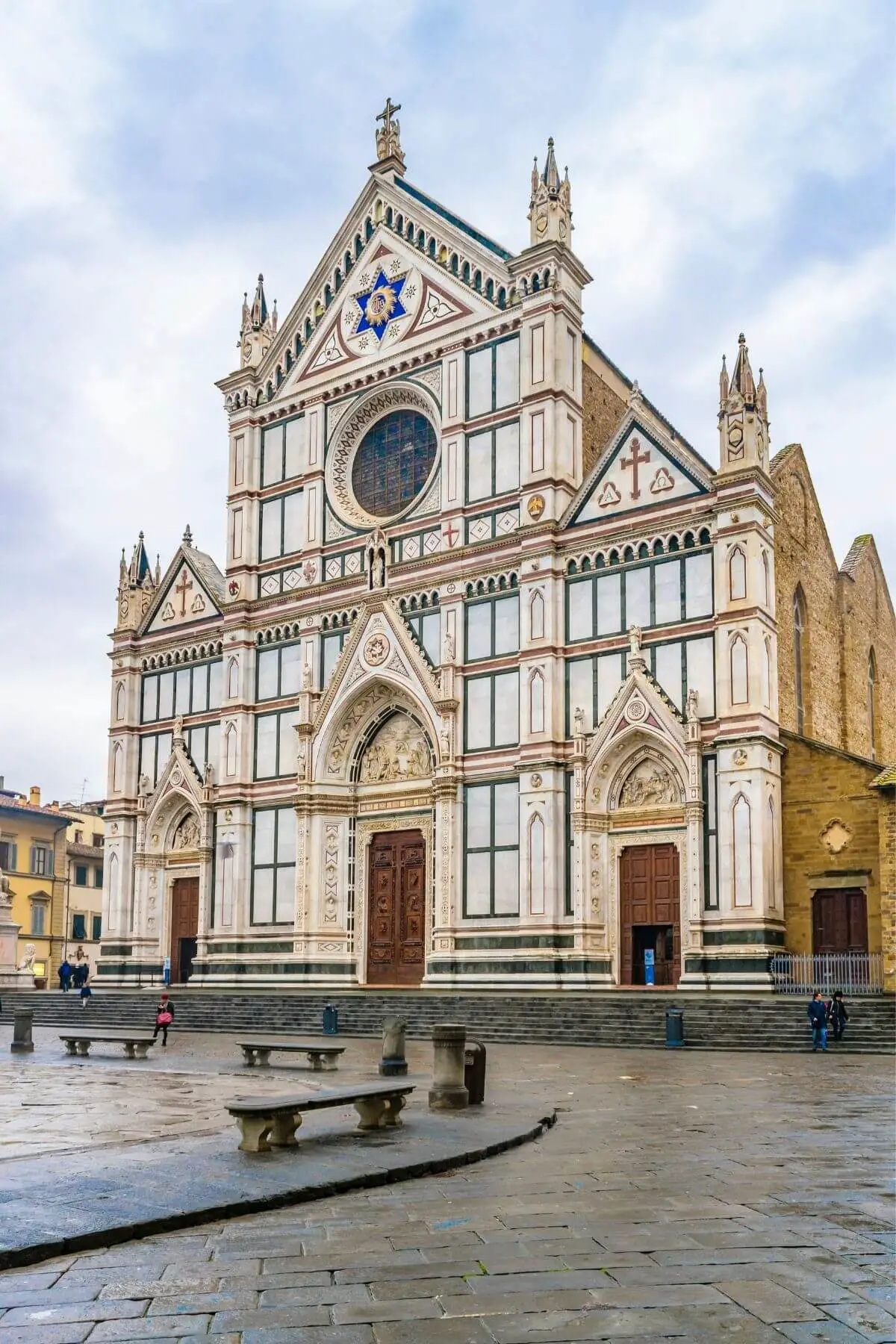
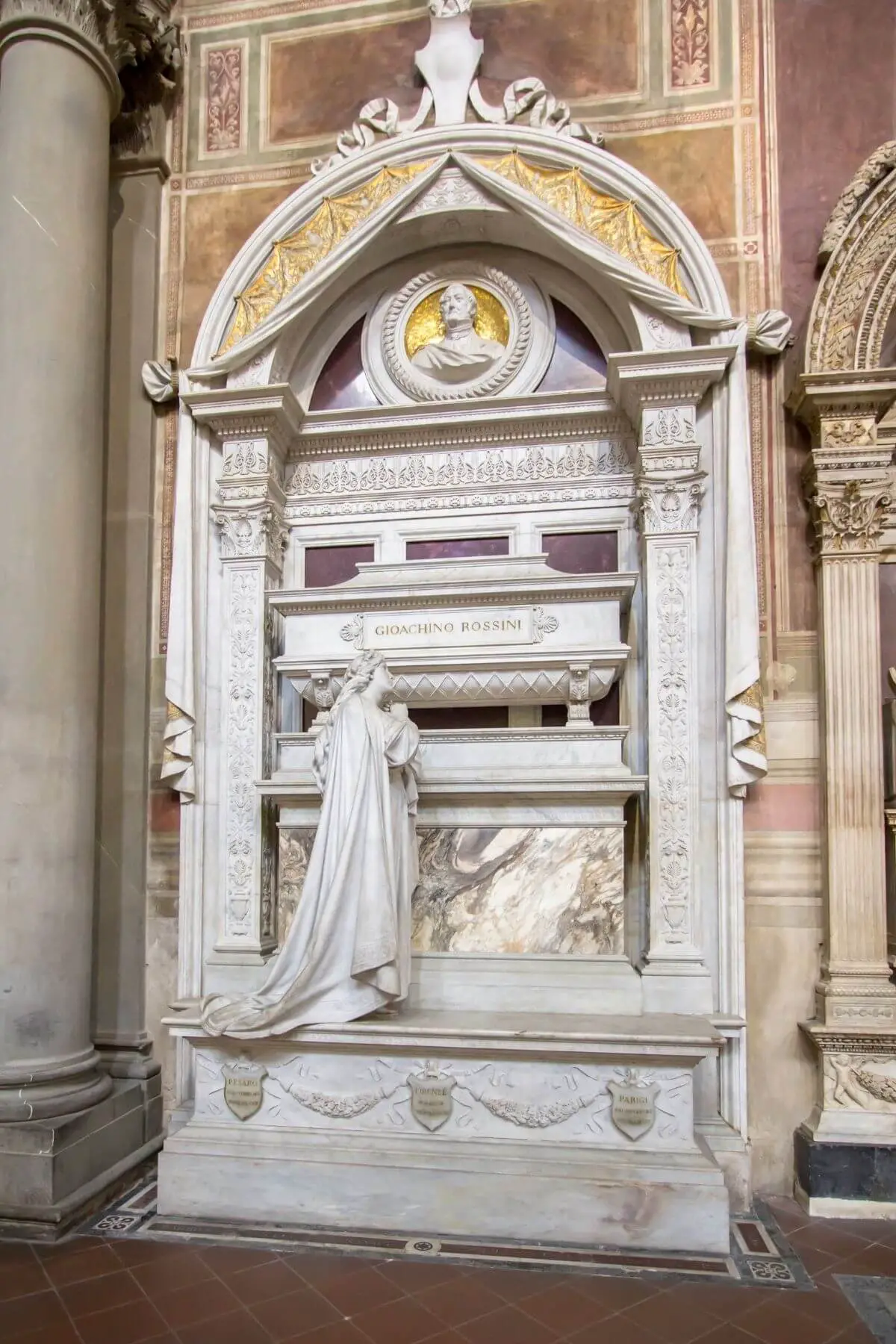


Leave a Reply
Want to join the discussion?Feel free to contribute!